The Eyrie
A Literary/Arts Journal

Eastern Maine Community College 2 2 4


Eastern Maine Community College 2 2 4



The Eyrie is a literary/arts journal by Eastern Maine Community College to showase student work. This issue highlights execptional writers, trades people, and artists from across the campus. Thank you for 15 years of excellence!
Heather Magee
Anna Arquette
Cover Design
Holly Smith
Page Design
James Paradis
Page Layout & Design
Austin Cook
Noah Greene
Kiley Hamilton
Amanda Houston
Carter Hunt
Choyce Lewey
Thomas McCaw
Laura Michaud
Zack Newkirk
James Paradis
Emily Pelletier
Alexis Perez
Lauren Savage
Holly Smith
Eileen Snowman

© All works in this journal remain the sole property of their owner and may not be reprinted without permission.



 by Katie Eyster
by Katie Eyster

The ENG 215 Business and Technical Writing classes were assigned a final project for the Fall 2023 Term. The two-part assignment was framed in the following manner: Illustrate an ability to construct and create content for a blog using the SWAY application, demonstrate the ability to produce a PowerPoint podcast for inclusion in the blog, focus on key skills of technical writing in today’s business environments, create a formal technical writing report focusing on 4 key components: Intended target audience, purpose of the blog, imagery used within the blog and intended value of the blog for a potential client. It was exciting to work on
such an innovative and interesting way to present a resume. The inclusion of the podcast was a fun way to go into detail about a subject without adding length to the blog. All in all, this project taught me how to format and write a blog and podcast for future use.











There are three family friendly restaurants that are my favorite to eat at when on a budget. The three budget friendly restaurants my family and I love to eat at are Applebee’s, Olive Garden, and the Texas Roadhouse. All three of these places offer something that we each enjoy, and we can do so because of their affordability.
Applebee’s has been a budget friendly staple in my family’s restaurant ventures. My first taste of Applebee’s was when I was in cosmetology school in Augusta. There was an Applebee’s located in the same plaza as my school, and some of my classmates and I would order appetizers to consume together during our twenty-minute lunch break. I was hesitant at first to try the spinach and artichoke dip as I had never had it before, nor had I even heard of an “artichoke,” let alone eaten one. I, however, did not want to look like an unrefined child to my classmates. For all I knew, an artichoke could have tasted like sweaty gym socks, but I took a chance. It was delectable. Creamy, cheesy, salty. The crunch of the tortillas? Mouthwatering! What more could satisfy my tastebuds search for umami? I was hooked and still am. The atmosphere of the restaurant itself adds to my enjoyment of the food. Soft booths, spacious seating, ample TV viewing for all sports imaginable. The sound of the restaurant is not that dissimilar from my home: a constant humming of humans, with some shrieks and laughter abounding, and voices ranging from toddlers to the nearing ancient. Something for everyone. Not only did my first bite of spinach and artichoke dip hook me, I have come to realize that there was something for others, too. My husband, (then at the time boyfriend), was hands down the pickiest of eaters and never strayed far past chicken
tenders and French fries, was coerced into trying a variety of chicken entrees: boneless chicken bites in multiple flavor options, chicken tacos, and now my husband’s all-time forever favorite: Fiesta Lime Chicken. The variation of meals is also a reason that I love Applebee’s. I’ve tried many options, and steak and potatoes are my favorite, served in multiple varieties all within budget friendly price points. Our family can enjoy food that we each love, and we can afford to do so. Price points range from $8.00 to $35.00, deals are plentiful, and with these kinds of offers, we can all find something that works for us. There are combination deals that include appetizer, entree, and desserts; deals for couples eating out; kid-friendly food items; and specials offered in rotation each night of the week. Applebee’s has continued to serve our family in a myriad of ways, and we are thankful for that largely due to its affordability.
For the pasta loving family members, (which is all of us), the Olive Garden is our tried and true. The Olive Garden is another place that allows my family to dine budget friendly. When I was sixteen and a new driver, my best friend and I would go shopping at the Bangor Mall. We would budget roughly $20.00 for dinner from our spending money and go to the Olive Garden for dinner. Feeling so grown up, eating without any adults – what an exhilarating time we had. We could scope the place for cute boys, always suddenly choosing a salad option should one of them be looking our way. This led me to my love for the Olive Garden’s Chicken Caesar Salad that I still fantasize about to this day. Even though it’s no longer on the menu, I will await the day that it does return to its rightful place in the confines of the menu. In sheer anticipation I had to settle for the house salad. Although delicious, it will never be a true stand-in for Caesar. The Olive Garden started as a budget-friendly option for me when I was sixteen,
and it is still an institution for just that. Unlimited refills on drinks; soup, salad, and breadsticks until your heart (and belly) is full; and deals that are found throughout the menu. The comfort of the Olive Garden adds to its budget-friendliness. The cost of being comfortable is well worth what we pay to eat there. There is family friendly seating with large tables fit for 8-10 people so we can all sit together, and the atmosphere in and of itself is… well, friendly and welcoming. While continuing to dine on a budget, or be of the budget conscientious mindset, the Olive Garden has one of the best options: the never-ending pasta bowls or all you can eat soup, salad, and breadsticks. As for the picky eater, you can get so many different sauce choices and toppings. They also have an allergy friendly menu, and this was so important as my daughter has experienced both a dairy and egg allergy. The list lets you know what ingredients are in their dishes allowing you to have peace of mind when choosing. They prepare any allergy-concerning food separately so there was no cross contamination, always making me feel free to ask for accommodation and food substitutes without feeling like a burden. Their motto is, “when you’re here your family,” and I have only ever experienced that when we have dined there. The Olive Garden continues to be a place where my family can enjoy food and each other, all while leaving without severely impacting our budget.
Lastly, and possibly my absolute favorite place to eat with my family (or take out), is the Texas Roadhouse. The homemade rolls topped with whipped, melty cinnamon butter. Sweet and savory is truly the best marriage. After filling up on rolls, appetizers and dinner are almost second rate, which often result in to-go boxes for the rest of our meal, which sometimes allow us to stretch our one meal out over two meals. Probably my favorite feature
experience when dining at the Roadhouse (as the self-titled steak connoisseur that I am), is that you get to pick out your own steak from their display window before you get seated. My eyes graze through, (and glaze over), the rolltop glass: filets, ribeye’s, sirloins, New York strips. Whatever I’m feeling, I can have and all at a dollar point that makes sense for my family at the time. The picky eaters in our family enjoy the delicious appetizers. The dinner rolls are devoured quickly causing a mad dash to be fast enough to grab for the last remaining roll. Fried pickles or Cactus Blossoms bring on nostalgic summertime fair food memories. The memories paired with the fryer smell make it hard to settle on just one. They have so many kid-friendly options. My daughter can’t decide and ends up ordering enough options to count as two kid meals. The atmosphere is great. We watched all the wait staff line dance. They stomp their feet while crushing peanut shells, and if you’re lucky enough to go on your birthday, you get to sit on the saddle and have the entire crowd give out a big birthday “yeehaw.” There truly is something for everyone on the menu. An extension of this is their dipping sauces. Their house made ranch should come in a glass with a straw. It’s so good. The cracking of peanut shells and tossing on the floor is a real treat as that’s something that is often seen as taboo, but when given permission, you crack and toss on repeat! The portion sizes are great, and most things on the menu are under twenty dollars. Texas Roadhouse continues to build budget-friendly memories for our family.
When looking for the cheapest route to feed your family, I can solidly stand by Applebee’s, Olive Garden, and Texas Roadhouse. In addition to the price points, the options for everyone, the comfortable atmospheres, the memories cataloged, and the consistency across the board, we will always return to all three. From the cheese pulls of spinach
and artichoke dip to the never-ending pasta bowls all the way to the cinnamon butter, we have favorites in all places that we can afford. All these restaurants with their budget friendly prices that will not break the bank are great places to experience family dining.
In the heart of downtown, on the second floor of the Zillman Art Museum of Bangor, Maine, an oil painting stands out and solidifies its place amongst the collection. Hunt Slonem’s “Lories” is vivid and beautiful in the way it contrasts the museum, and then changes to become something that provides insight into the importance of freedom and demonstrates how impactful perspective can be. While much of the museum contains bold geometric shapes and structures, “Lories” immediately pulled me in with its colorful caged parrots and imprecise brushwork. After I was past the initial allure provided by the birds, I found it began to shift in meaning, and make some provocative statements about how crucial it is that I don’t allow my subjective experience of reality blind me from what others might be seeing or going through. The experience I had with the painting stuck with me, even weeks later, it has forever changed my perspective and will remain a reminder of that shift for the rest of my life.
The abstract nature of the works found on the first floor of the museum highlights how “Lories” manages to stand out tall against the rest. While it isn’t difficult to find incredible artistic talent, I could see a lot of the subject matter from painting-to-painting share the same visual appeal: large cubes, spheres, and triangles which pop against their simplistic and largely pattern-like backgrounds of grassy fields, oceans, or even other shapes in a void-like setting. As I am looking at these pieces, I could feel a sense of loneliness emanating from within myself, as though these were intentionally empty—sterile even, it was as if they all belonged together as one, a single unified piece, trying to communicate with me through an alien language that
I couldn’t understand. On the contrary, “Lories” has more than twenty bright red parrots perched in a cage scattered all throughout, a beacon of light in the museum against the otherwise cold tone of the geometry.
“Lories” drew me in with its depiction of life, and I learned what others meant by the saying that paintings can be fluid—the meaning behind them can shift. Initially I was mesmerized by the parrots’ gorgeous colors, with their vividly bright red bodies, and feather tips containing emerald greens, amber oranges, and light blues, as well as by the rougher, thick lines of the oil paints, and the feeling that it was breathing as though it were alive. It’s no surprise that I looked beyond the fact that the birds are also in a cage, I realized that the cage was in the background of the painting, behind the colorful birds I was so drawn to, and that there was a clear lack of metal bars in front of them. I didn’t pay much attention to this until I also noticed that the parrots all had their heads facing to the side, making the deep gaze coming from their small marble black eyes much more obvious, as every single one of them stared directly back at me as if they were piercing into my soul, causing my heart to sink down into my chest. I could now see the reason for the lack of metal bars in the foreground, the perspective had shifted, and I was now in the cage alongside the parrots. Suddenly, the less precise brush strokes sparked feelings of unease, the lines separating the upper and lower beaks of the birds became frowns, clearly in distress from being so overcrowded with their peers. The painting had changed from a light in the darkness, to a darkness surrounded by light.
The evocative shift presented by “Lories” transitions beyond its visual appearance and becomes an exploration into different perspectives, freedom, and empathy. While
I stood as an outsider gazing inward at the painting, I could feel a sense of joy through the birds inside their cage, however, those feelings were quickly pulled away as soon as I looked in the opposite direction—inside out, I saw immense sadness surrounding me, and a deep desire to escape. I found myself hit with feelings of guilt due to the initial happiness I felt as I looked around at my peers, the parrots in the cage, and it prompted me to question if this was the only home they’d ever known or will know; the only life they’ve ever seen or will see. I found myself asking if this was a life that is worth living, and as I considered that they could have modern comforts such as plentiful amounts of food, and water, I found myself struggling with the question over whether this could be considered freedom or entrapment.
After leaving the museum “Lories” remains front and center, in the spotlight, and serves as an important reminder to the underlying message it represents and manages to convey. I was left pondering over some deeper questions about the freedom that I’m privileged enough to have, and the empathy I now felt for those who lacked said privilege. “Lories” engaged me with the way it contrasts the museum, and then switched perspectives, forcing me to ask some difficult questions as it reflected my emotions back towards me. The lively painting against the abstract geometry stood out and served me an important and stark reminder of the life that I get to live and the experiences that I get to have, and that I shouldn’t take things such as freedom for granted. whether this is something that might manifest in an apparent way, such as financial struggles, health issues, or grief and loss. To more abstract challenges that may not be immediately visible, things such as social anxiety, or depression. I will always remember “Lories”
as a painting that took me out of my comfort zone and grounded me in a different reality, forcing me to ask these questions to myself, it serves as a message that I should be mindful when interacting with others, as I only have my own personal experiences to draw from, and that I can never truly understand or know what someone else is going through.

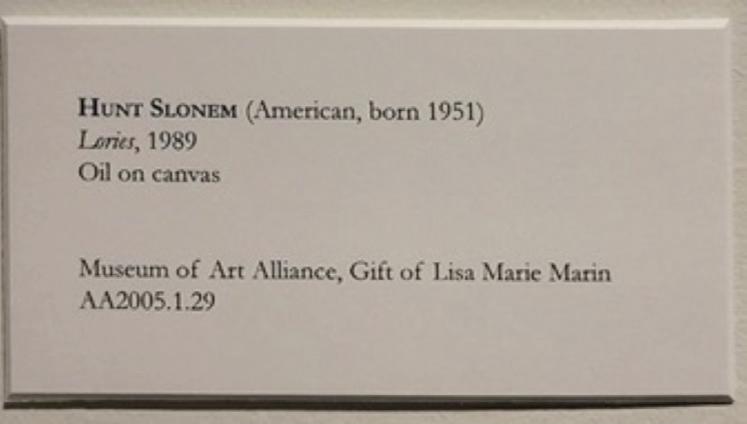
Many walks of life have made their way around our planet and left in due time. However, many examples did not walk but ran straight into the gaping jaws of selfish destruction, snuffed out with a moment of consideration that came far too late. The Thylacine (commonly known as Tasmanian tiger or Tasmanian wolf) is a victim of such. To learn about the Thylacine is to learn about the importance of all life on Earth. Our duty as humans is to preserve this planet’s diverse and special species, not to repeat the heinous actions committed against the Thylacine that led to its premature demise. This is not merely a research paper, but, instead, a story. The Thylacine tells us of the capabilities of planet Earth and of humans, under varying circumstances, to eradicate or create.
This story begins in prehistoric Australia, roughly 55 million years ago, promptly after the separation of Australia from Antarctica. The Eocene Epoch was the time for mammalian diversification. While placental mammals made their mark across the rest of the globe, marsupials were taking advantage of the now-isolated land of prehistoric Australia (Campbell “Paleontology” 1). Unlike modern-day Australia, 55 million years ago, the land featured a “wet, warm climate” (“Eocene Epoch”). With a lush, competition-free environment at their disposal, these ancient marsupials would take over mainland Australia, New Guinea, and Tasmania and adapt to fill their ecological niches. This led to many cases of convergent evolution, which is, according to the Merriam-Webster dictionary, “the independent development of similar traits or features… in unrelated or distantly related species or lineages that typically occupy similar environments or ecological niches.” This can be
seen in many marsupials over time, including the Thylacine. Kangaroos were similar to North America’s deer, koalas roamed the trees instead of monkeys, the thylacoleo (also known as the tasmanian lion) filled the role of big cats, and the Thylacine covered the niche of canids like foxes, wolves, and coyotes (“THYLACINE” 2:20). It was not necessary for these animals to be closely related to develop similar traits.
Despite being a marsupial, the Thylacine earns its resemblance to canines through many distinct features. It featured a long snout, akin to a fox, with a sleek body made for agility. Its tail was thin and often stayed parallel to the ground. One aspect that made it unique from other marsupials is the anatomy of its legs. Unlike its relatives, the Thylacine walked on its toes, a trait normally observed in canines. Its pelt was a sandy tone with dark brown or black stripes that went from along its back to the base of its tail (“Tasmanian Tiger in Colour”). Because it was a marsupial, the female Thylacine featured a pouch below her tail to hold her pups after birth. The behavior of Thylacines is much harder to determine. 20th-century data on a species with a rapidly declining population such as the Thylacine may be inaccurate. This causes a stressor on the remaining specimens, so reports of behavior at this time may be abnormal to their “natural” tactics. It is better to view 19th-century reports. Although they may not be as scientific due to the lack of interest in Thylacines at the time, observations would have been made when the population was larger (Paddle 6-10). That being said, the diet and behaviors of the animal are vastly similar to small canids. It had a wide range of prey it hunted including wallabies, bandicoots, kangaroos, echidnas, wombats, and, most notoriously, sheep (though a 2011 paper by Attard et. al. refutes this claim). Thylacines are considered to be endurance hunters. They did not sneak up on prey
and spring on them once close enough but would instead pursue their prey until it was so tired that it would accept its fate. The speed at which Thylacines could travel is still unclear, as multiple accounts claim it to be lazy, while others call them swift and agile (Campbell “Biology” 1-7). Though it seemed to be an exceptional hunter, this would not save Thylacines from what was to come.
The extinction of the Thylacine was a slow progression. Although its homeland was mainland Australia, that would be the first region where they were thought to go extinct, along with New Guinea. It is still unclear what may have caused the decline of the Thylacine population in Australia. Humans had begun to explore the land, but, rather than initially becoming a case of the humans hunting the Thylacines, it was, instead, a conflict caused by what the settlers brought with them. Dingoes were a primary companion to many settlers, often used for tracking and hunting. The Thylacine, having striking similarities to canines, finally met its first competition. With humans hunting the local wildlife for food, and dingo populations growing and running free, resources for the Thylacine may have become scarce. This may have contributed to the decline in the Thylacine population, but the strongest hypothesis is actually climate change. Plenty of other megafauna species in mainland Australia also went extinct alongside the Thylacine, which may have been due to an extreme weather event, causing droughts to ravish the land (“THYLACINE” 5:48-9:29). Although the Thylacine’s story may have ended in mainland Australia and New Guinea, it continues to fight for survival on the nearby, cooler island of Tasmania.
This fight would become the Thylacine’s final during the 19th century as European settlers began occupying College
Australia, notably Tasmania. The colony became interested in being the first settlers of the land after reading the French writings about it. The Thylacine was elusive in Tasmania, due to its nocturnal nature and barely getting a strong foothold before the Europeans arrived. This led to rumors of an animal, the “native tyger or hyena” of the land, roaming about.
The settlers had grown used to foxes and other canid pests in their homelands, so the rumors spurred up anxiety among the colony (“THYLACINE” 9:30-17:00). Along with them, the
Europeans brought sheep, and this is where the Thylacine would begin its criminal record. Multiple reports were made that such an animal was a ravenous sheep killer and “if the increase of them is not stopped in time, they may become formidable” (Campbell “History” 1), though this may have been exaggerated. However, in the year 1888, a bounty was put on the Thylacine’s head. It had already been hunted up to this point, but now there was a reward. Soon, pest control became a sport. Hundreds upon hundreds of Thylacines were turned in for the monetary rewards: 1 pound for the head of an adult, and 10 shillings for the head of a pup. Greed led to a rapid decline in a population already struggling, and, though in 1909 the bounty was relinquished to protect the species (6-9), it was already too late for Thylacines.
In an effort to preserve the few remaining Thylacines, wild specimens were taken into captivity to be observed. Though the intentions appeared ethical, many photographic and video reports showed what the Thylacine was really taken in for: entertainment. Now an endangered species of interest, it had gained new popularity, and zoos noticed this attention. Much of their behavioral and biological
data seems to have been gathered from the Thylacines in captivity, though it can be noted that no institution was able to have a pair reproduce successfully. The only pups in captivity were the ones from mothers who were captured pregnant or who carried the pups in their pouches (“THYLACINE” 26:14-28:09). Eventually, the Thylacines in captivity would start to die off, either from old age or unfit conditions. The last known living specimen was videotaped in 1936, with the footage released by the NFSA showing the treatment the animal faced. In the film, it can be seen pacing around a small cage with concrete flooring, getting up and lying down repeatedly while yawning due to stress (“Tasmanian Tiger in Colour”). This supposed neglect would lead to its death months after the recording of this video. Years went by of attempting to capture more for zoos and preservation purposes, but it was unsuccessful. Nearly 50 years of this searching went by to no avail. The Thylacine, during the year 1986, was declared extinct (“Extinction of Thylacine”). This is where the story of a unique example of nature was believed to end.
Though Thylacines are sometimes thought to have been gone for nearly a century now, many people still believe the species is still around, albeit in extremely low numbers. Since the death of the last known captive specimen up to the present, over 1,000 reports have come in of Thylacine sightings. Many are unreliable, though it can be argued that there would be no purpose in lying about a Thylacine sighting. However, there have been reports made by possibly more reliable people who claim they spotted the timid animal. For example, a report from 1998 states:
Responding to a life threatening callout, two Ambulance officers from Nambour Ambulance Station headed to the College
Mountain township of Kenilworth. The officer relating the story stated they were using the sirens in the forested areas to try to scare of the kangaroos from out of their way. Upon navigating a corner leading to a straight stretch of the road, an animal the size of an average dog appeared in their high beam and was standing in the middle of the road. As the Ambulance slowed down, the officers had a good close look at the creature at approximately 50 meters for about 5 to 10 seconds, before it ran into the bush. The officer relating the story stated that the animal was the size of a medium size dog, had a long ridged straight tail that was almost parallel to the ground as it walked, and had definite dark stripes in a semi vertical configuration along the side of its body to its rump (Holmes “Queensland”).
The introduction of the internet also gave Thylacines a new sort of attention. It is treated now more like the bigfoot or chupacabra. It is like a cryptid, described to be “a creature that is found in stories and that some people believe exists or say they have seen, but that has never been proven to exist” according to the Cambridge Dictionary. This has led to sightings being reported in regions where it would never make sense, such as North America. YouTube has also been home to many faked sightings of the Thylacine. One example even featured a dog with black stripes painted on its fur (“THYLACINE” 44:55). Optimists take all of these sightings as enough evidence to consider it still alive, but what if it, instead, were actually brought back?
Advancements in science have introduced an idea only seen in sci-fi movies up until this point: what if, through gene editing technologies, we could bring an entire species back from the dead? The Thylacine is a running candidate for this procedure. Many years have gone into this research with little hope, but, as of recently, Colossal Laboratories and Biosciences has made stunning breakthroughs. Along
with their projects to de-extinct the wooly mammoth and dodo bird, Colossal plans to bring back the Thylacine to help ecosystems and possibly prevent climate crises. The Thylacine was an apex predator of its habitat and the loss of it may have contributed to Trophic Downgrading. This is “the causal degradation that occurs when apex predators are removed from an ecosystem; leading to a cascading effect down the food chain with ecological consequences on lower trophic level groups and systems” (“Thylacine”). What this means is, now that there is no Thylacine, many aspects of the ecosystem are out of control, such as more diseases, wildfires, invasive species, and other factors that harm the animals of Australia. Though it sounds like a good idea, there are many ethical and funding concerns that people have about de-extinction projects. Many say that the money and time being used to bring back an extinct animal, such as the Thylacine, could be better used to help preserve animals that are still around (Campbell “Modern Research” 4).
Whether or not the Thylacine manages to reappear on our planet, through rediscovery or de-extinction, it does not right the wrongs that this species experienced. It is not the only example of what humans are capable of destroying. Many ecosystems have been stripped away from animals, and, though there have been efforts to reduce this, the effect is still ever-lasting. It is hypothesized that we are within Earth’s 6th mass extinction event due to the rapid loss of numerous species (Robinson). We are obligated, as animals sharing this planet among the rest, to respect and treat every living organism fairly. This is our home and the home of many others. We have no right to destroy it as we did for the Thylacine.
Attard, Chamoli U., et al. “Skull Mechanics and Implications for Feeding Behaviour in a Large
Marsupial Carnivore Guild: The Thylacine, Tasmanian Devil and Spotted-Tailed Quoll.” Zoological Society of London, John Wiley & Sons, Inc, 31 Aug. 2011, zslpublications.onlinelibrary.wiley.com/doi/abs/10.1111/ j.1469-7998.2011.00844.x.
Campbell, Cameron. “The Thylacine Museum - Biology: Behaviour.” The Thylacine Museum, Campbell’s NATURAL WORLDS, 1999, http://www.naturalworlds.org/thylacine/biology/behaviour/ behaviour_1.htm Accessed 11 Dec. 2023.
—. “The Thylacine Museum - History: Persecution.” The Thylacine Museum, Campbell’s NATURAL WORLDS, 1999, http://www.naturalworlds.org/thylacine/history/ persecution/persecution_1.htm Accessed 12 Dec. 2023.
—. “The Thylacine Museum - Modern Research Projects: The Thylacine Cloning Project.” The Thylacine Museum, Campbell’s NATURAL WORLDS, 1999, http://www.naturalworlds.org/thylacine/mrp/cloning/ cloning_1.htm Accessed 12 Dec. 2023.
—. “The Thylacine Museum - Paleontology: Australia and Marsupials.” The Thylacine Museum, Campbell’s NATURAL
WORLDS, 1999,
http://www.naturalworlds.org/thylacine/palaeontology/ austandmars/about_marsupials_1. htm. Accessed 5 Dec. 2023.
“Convergent Evolution .” Merriam-Webster, MerriamWebster, www.merriam-webster.com/dictionary/ convergent%20evolution. Accessed 8 Dec. 2023.
“Cryptid.” Cambridge Dictionary, Cambridge University Press & Assessment, dictionary.cambridge.org/us/ dictionary/english/cryptid. Accessed 11 Dec. 2023.
“The Eocene Epoch (56-33.9 Million Years Ago).” Australian Museum, The Australian Museum,
23 Jan. 2020, australian.museum/learn/australia-over-time/ evolving-landscape/the-eocene-epoch/.
“Extinction of Thylacine.” National Museum Australia, National Museum of Australia, 16 May 2023, www.nma.gov.au/defining-moments/resources/ extinction-of-thylacine#:~:text=The%20sp ecies%20 was%20granted%20protected%20status%20just%20 59%20days%20before,and %20none%20were%20ever%20 found.
Holmes, Branden. “Queensland Thylacine (Tasmanian Tiger) Sighting Reports.” REPAD: The Recently Extinct Plants and Animals Database, recentlyextinctspecies.com/thylacinearchive/queensland-thylacine-reports. Accessed 12 Dec. 2023.
Paddle, Robert N. The Last Tasmanian Tiger: The History and Extinction of the Thylacine. Cambridge University Press, 2002.
Robinson, Deena. “Sixth Mass Extinction of Wildlife Accelerating: Study.” Earth.Org, 10 Aug.
2021, earth.org/sixth-mass-extinction-of-wildlifeaccelerating/.
“Tasmanian Tiger in Colour.” YouTube, uploaded by NFSA Films, 6 Sep. 2021, https://youtu.be/6gt0X-27GXM?si=b_5_ z47380uBA0BE.
Goodine
“Thylacine.” Colossal, Colossal Inc., colossal.com/thylacine/. Accessed 29 Nov. 2023.
“THYLACINE - Full history, Extinction, Sightings, De Extinction.” YouTube, uploaded by All.About.Nature, 31 Aug. 2023, https://youtu.be/ZASxD3aLu_4?si=aRsCdi-k5dVK6T8j.
“Have we flown too far apart?” I stood wondering, analyzing the canvas before me. Busboys and patrons of the restaurant bustle past me as flashbacks from childhood flood my headspace. The piece, focusing on two owlets in a tree, sparked introspection and curiosity within me. This curiosity stemmed from my interest in what these two birds’ brotherhood is like and the connecting convictions of my own brother and I’s journey. “Sibling Together” by Mary Hartt is more than just a beautiful nature photograph to analyze, it is a journey into the deep relationships built by brothers in nature, and a reminder that brotherhood is truly irreplaceable. At times, art produces more questions than answers. The first question as I approached this photograph, as a more logical thinker was, “Are they cold? These owls are just babies.” In a society where we bundle up in heavy jackets and coats, I questioned if the gray and white down feathers were enough to keep them warm through some of these cold winter nights. What adaptations must these owls possess allowing them to survive such harsh conditions? As I examined their coat, I realized how beautiful their design was. Their heather tufts resembling that of an aged birch tree, standing in the same spot for ages. Their eyes brought in a sense of wisdom, almost as if they were old souls who had seen many things. When inspecting the branch the family’s nest was perched on, I realized this was more than just a tree, this was their home. Next door to them were neighbors, and outside of this nest was uncharted territory for these little birds. Their city, although different than mine, most likely possessed many similarities. It is easy for us, isolated in these small towns, to forget about the lush ecosystems around us that sometimes mirror our world. In this state of
Maine where wilderness surrounds us in all directions, we are quick to forget about the bald eagle that just found his lifelong mate, the fox that had just had her litter of critters, or even the two owl brothers sitting in a tree waiting on their parents. When looking into their eyes I questioned if they knew what their future held. These owls, although dainty and playful now, develop into killers who will need to rely on their instincts to survive the many harsh winters ahead. Were these owls, like children eager to grow up, or were they content in their responsibility-free lives? When viewing the tight knit pair of owlets together in their tree, their brotherhood becomes accentuated.
Even in still form, art can represent a dynamic bond that becomes visible in this photograph. Upon further inspection I thought more about the portrait of the pair specifically unpacking the title of the photograph, “Sibling Together”. I asked myself, what did their days consist of? Yes, they may not be kicking a ball to each other like human siblings might, but my imagination ran wild on how these birds passed the time. I did not need to ask if they bickered - all siblings butt heads at some point, right? Yet I did ask, what have these birds experienced together? Was there trauma? Was there at one point more than two brothers? Did they survive intense storms together? These questions of their life to this point can only be answered with the mind’s eye. I pictured them alone, exposed to the elements but close, as the rain beat down on their feathers and cold wind surged through their tree branches, cuddled together, bearing the storm together, almost as if being on one lifeline. The kinsman I’m sure have developed a close bond, but would it extend into their adult years? Did their bond hold any significance in their lives? As I am sure it would be Disney-like fantasy to think of these birds as “friends” as they aged, I was fascinated by the idea of these two
running into each other as adults. Her photograph made me want to follow along to a documentary series about the future of their lives. The brother’s bonds became more relatable as I realized they too share a childhood.
Art has an ability to remind people of the relationships they possess. When taking a step back from “Sibling Together”, it made me value the irreplaceable bond my brother and I hold. When confronted with the picture of the two owls facing the storm together, it made me reflect on the proverbial storms my brother and I faced together. From angry, upset adults around us filling us with fear of what may happen next to the trips we took from one parent’s house to the other parent’s house, to the grandparent’s house week after week. Throughout our childhood, with all the hate and separation around us, we seemed to be each other’s only true constant. The photo resurfaced the wonderful memories I’ve spent with him. I reflected on the nights of old staying up late into the evening, playing video games on a split screen. Memories of spending entire days at our local pool playing Marco Polo filled my head. He and I resembled the owlets in our youth. “Have we flown too far apart?” I asked myself. The answer was simple, no. Like the owls we were dependent on each other in our youth, and like the owls we were made to grow up and fly our own ways. Our purpose as adults is to encourage and empower each other and to always be there for each other when they call. We are called to still be that constant for each other, constantly being able to trust we will always have someone in our corner. These owls reminded me that he was the only person on earth that saw our childhood through the same perspective.
Hartt’s work illuminates the special relationship two brothers can possess. She took a subject of two anonymous
owlets and made it more than just a print on a canvas. These two siblings together represent the Irish proverb “It is in the shelter of each other that the people live.”. The photo made me think about what the pair’s brotherhood was like, and how it made it relates to my brother and I’s relationship. The photograph “Sibling Together” is a journey into the deep relationships built by siblings and a reminder that a brotherhood is truly irreplaceable.
These birds are siblings forever.

As a child, I grew up feeling isolated. I was seen as different and was outcasted for it, without ever being told why. It was as if everybody else was on the same page, when I could not even find the book. As though everybody else was given a script to follow and knew their roles, and I had slipped through the cracks. It felt like a joke everybody else was in on, except for me. I felt like a social chameleon, having to blend in with my surroundings to feel as though I belonged, regardless on whether I truly did or did not. I could not have known it at the time, but I was struggling with the world around me because of my neurodivergence.
To understand my experience, one must first understand what neurodivergence, and more specifically autism, is. Speaking broadly, autism spectrum disorder, also referred to as autism spectrum difference, is a developmental disability that may alter or hinder a person’s ability to socialize and understand the world around them. As autism exists on a spectrum, it can manifest in several different forms and intensities. The Ritvo Autism Asperger Diagnostic Scale- Revised, or RAADS-R, assessment sorts these traits into four categories: language, socialization, sensory and motor skills, and interests (Engelbrecht and Silvertant). I could not have been older than seventeen or eighteen the first time I looked into the symptoms, and as I dug deeper, the more I resonated with what I saw. Long time issues with speech? Check. Issues with socialization? Check. Struggling to fit into nearly any social situation, even amongst my friends or family? Check. Sensory issues like volume control, spatial awareness issues, bouts of overstimulation that would cause me to shut down, and special interests that would dictate every aspect of my
life? Check, check, check, and check. The more research I did and the more people I spoke to about it, the harder it was to dispute. The realization was so simple, and yet, it made all the sense in the world. I felt different because I was experiencing the world differently. I only wish I had realized this sooner. Having an autism diagnosis as a child could have helped me navigate a world I had spent so long struggling in before.
The earliest signs, I believe, could have been seen when I started school. My classmates, as maybe all children do, had an uncanny sense of who was different, and they made sure I knew it at every opportunity. Growing up, unusual traits and interests were not just stupid, or bad, or dumbthey were retarded. Specifically, the things I liked and the ways I acted, to them, were retarded. I was an awkward, socially inept child with weird interests I obsessed over that rubbed people the wrong way, and that followed me up until I had left for Maine. This disdain was not limited to the students, either. I remember the teachers on lunch duty actively ignoring our class’s table anytime I was picked on, even as I was chased off in tears. I remember the one time I snapped after months of abuse from one kid in particular, and the way the teachers laughed as I broke down sobbing in front of them, confessing through ugly tears that I had smashed my ice cream in some kid’s hair because of how overwhelmed I had gotten. As far as I know, nothing was ever said or done to anybody else involved, but I was put in an anger management class that I was never told about until I was called to their final session of the school year. They slapped a band-aid on my behavior without looking into the cause and expected it to magically go away. I could only imagine how differently things could have been if someone had taken the time to understand and explain my behavior, not just to others, but to me.
I made it to my junior year of high school before I had a teacher notice and acknowledge my behavior as anything other than bad. We were doing a unit on poetry in our English class, and with it, we had our Poetry Out Loud competition. While recitals were, unfortunately, not optional, we did have the freedom to choose which poem we wanted to recite. It was a shorter one called Lazy, by David Yezzi. In the poem, he described his disinterest in small talk or the little performances of everyday life, preferring instead to tune into his own world. He went into the annoyance in the distractions those around him cause and the annoyance towards himself for feeling it. I could not quite place exactly why at the time, but his thoughts resonated with me all the same. When it was my turn to present, I made it two couplets in before I froze. My mounting anxiety had reached a boiling point as I stood in front of everyone, and I shut down. I crumpled into a mess of tears and panic and slurred pronunciations while my classmates watched. Instead of taking down a grade and having me sit back down, she escorted me out of the classroom personally to make sure I was okay before telling me I could do the performance privately instead another time. She took what could have been one of the most unforgiving moments of my high school career and chose to treat me with kindness and grace. Where other teachers I had previously would have seen this as an annoyance or disruption, my teacher saw the potential I had, and wanted to give me a chance to thrive under the right accommodations.
My most recent encounter with this truth was not within my own experiences, but my grandmother’s. My mom and I had travelled back to my hometown of Hampstead, North Carolina to visit my grandparents over the New Year. Growing up, my mother would work night shift at the hospital, and would always drop me off on her way into
the city. As I grew older, the visits became less and less frequent until we finally moved to Maine, but we almost always tried to make it down to visit. This visit, a decade later, was no different than any of the ones we made in the years before. When we would make the trip down, we would offer to take my grandparents out to do anything they had wanted to do, whether it was running errands or just getting out of the house, only to spend most of our time watching the same handful of shows on TV together. While I never minded the routine, it drove my mom crazy. We were watching her favorite crime drama, NCIS, when my grandmother started to ramble on about what the cast was up to these days, and my mother remarked that she “knew more about this damn show than you do about us,” which we all laughed at. As we did, it hit me. I chose my words carefully, saying that she had been fixated on it for as long as I could remember, and she wholeheartedly agreed. The conversation never went any further than that, but all I could think about was how glaringly obvious it felt. The more I paid attention, the more I was able to pick out her versions of the traits I saw within myself. That encyclopedic knowledge of not just the episodes of NCIS, but also each of the cast members and their other work. Her obsession with the now retired NASCAR driver, Jeff Gordon, and her expansive collection of memorabilia in her bedroom. Her insistence on only drinking one thing- a 64 oz mug of black tea, sweet enough to rot your teeth right out, with zero deviation. It was so clear. It was not just me. I was not the only person in our family like this. I debated asking her if she had ever thought about it, but ultimately decided against it. Even still, I could not help but wonder what my childhood could have been like if we both knew we were neurodivergent from the start. Had I had an autism diagnosis growing up, I could have better understood myself and the world around me. Instead of being outcast
by my peers and the adults in my life, I could have been understood and accommodated for, or even just told why my behavior was so off-putting to those around me. I could have known early on that I could succeed when given the right accommodations, instead of being left behind without the knowledge I needed to help myself. Had my family seen it in themselves, maybe we could have noticed it in me sooner. Maybe they could have even understood themselves a little better. I cannot help but wonder what my life would have been like if I had known sooner, but having the answer now has made all the difference. Of course, within our society there are disadvantages to having autism, and specifically a diagnosis, that those without autism would likely never even know about. Even with the hope and understanding that this discovery has given me, there are still those who would rather see autism as a disease to be eradicated rather than focus on the people who are affected by it. It is a cruel irony that Autism Speaks is represented by a puzzle piece to symbolize that autistic people may be missing pieces of themselves, but I could not disagree more. My autism was not and is not a loss, but rather, it has been a missing piece of me that I have finally found.
Engelbrecht, Natalie, and Eva Silvertant. “Ritvo Autism
Asperger Diagnostic Scale–Revised.” RAADS-R, 4 Apr. 2020, embrace-autism.com/raads-r/.
Art can be a form of expression or a voice for those who might not have one. My love for the arts started at a young age, but it might not be how one would usually expect a child to be introduced to art. Growing up, I was not a very artistic child nor did an attempt to ever become one interest me. My mother, who happened to teach me a great deal, was adamant on having her children be worldly and experience a great many things. This included many forms of art such as photography, drawing, painting, different types of cooking, fiber arts, and many others. One room in our home was devoted to our artistic endeavors; it was covered, from floor level to as high as my brothers and I could reach at the time, with our artwork. Art started for me in my early years when my mother would give my twin brothers and I a camera and tell us to go on a scavenger hunt to find letters of the alphabet in nature and take a picture. I would take that camera and search everywhere for a branch or some clawed dirt that looked like a letter. Based upon these and other lessons, I learned that art can be many things to many people. Art can also be a mark to show someone was there at some point in time. From this introduction to art, art continues to influence my life in many different ways.
With paintings, I study and try to understand the meaning that inspired the artist’s work.
Different forms of art draw my attention, particularly painted works. Dark colors may convey moody undertones while lighter colors may convey less serious undertones. I am personally more attuned to those
darker types of art styles. However, my mind also tends to go from the handprints of early humans in prehistoric caves all the way to the medieval manuscripts that have hidden messages if I look closely enough. As a medieval junkie, such as myself and my mother, we would pour over our medieval art books looking at the manuscripts and chuckle at the hidden symbolism and imagery that could sometimes be found within the art. These tiny images were made by the artist many hundred years ago as a way of making their thoughts known on the current events at that time. Portraying a bishop as a fox or a monk imbibing in alcohol, these little portrayals in these manuscripts always fascinated me. Art has been a form of expression in many different ways, and if one would just look a little closer with an open mind, the things one can find would shock. With my fascination of painted works, my mother would have us write stories or opinions about art pieces she would find; many of these tended to be more modern and provocative in nature and were always meant to get a reaction out of us. Enjoying these types of lessons always left an impact on me; seeing different styles and what the artist was trying to convey remains truly fascinating to me to this day. Writing short stories about these pieces was another form of art for us, art with words.
Writing is another form of art. I am an avid reader, so writings that paint a beautiful picture in one’s mind truly is a form of art. When I was much younger, reading was not my strong suit; reading felt like it often left a perceived bad taste in my mouth. Avoiding it like the plague was my specialty, however, that changed when my mom found a fantasy book called Inkheart by Cornelia Funke; the book was over five-hundred pages in length and it totally intimidated me. She would sit me on her lap in our big comfy chair and begin by asking if I wanted to
read it myself; as expected, I would always respond with a long, whiny, and drawn out “No!”. By the fifth chapter, this book changed my outlook on reading as quickly as I initially despised it. I asked if I could read it myself and the rest is history. Inkheart, and the two remaining books of its trilogy, showed me that these writing can be a true form of art. Since that awakening, books continue to be a wonderful form of art as they create beautiful imagery in my mind. Writing, therefore, is definitely a form of art as it can paint an entire world within one’s own mind just by reading perfectly crafted words, and one can live in and travel within these literary worlds which I find awesome.
One final form of personal expression that I recognize as art, is music and all its many forms. My first introduction to music as art was going to an old church in Dover-Foxcroft to take music lessons on djembe drums. A djembe is a roped-tuned and skin-covered wooden drum made in a West African country. These drums were truly a work of art with their carvings into the wood as well as the music that was played on them. Later in life, I tried learning the electric guitar, clashed with the instructor over my music choices, and ended up learning and playing Irish jigs on my fiddles. Telling stories through songs or instrumental music that conveys a tone or mood through just musical notes and sounds is truly awe-inspiring. I use music for a great many things; it can be a tool to calm my nerves, get me into a happy mood or help inspire me to write a scene in my head for my stories. The variety of music in our world truly fascinates me, beats and tones that convey a feeling or mood feels like art to me. I grew up listening to a great deal of music genres thanks to my parents with my upbringing. My mother would listen to the Rolling Stones, Aerosmith, and Tina Turner while my father would listen to John Denver. With the huge gap between them, it helped me
appreciate all music genres and each of their little quirks. Art in the form of music can only flow wherever you want it to, it is not a one size fits all process. I find this analogy true as I learned that if I played certain sad Irish tunes quickly, they became happy tunes.
For me, art became a form of expression and my voice to create works of art in many forms for myself and others. Looking back now, I realize my mom was the reason for my love of the various arts in our world. She painted this beautiful image that still sits in my head to this day. She gave me the tools so I could find art or make art on my own; I still credit her for all that she has taught me. Her approach to teaching these lessons formed and reaffirm my love and respect of the arts to this day.
As someone who knows next to nothing about art, the name Ann Freedman has little to no significance to me. For others however, Freedman is a name that will be remembered for years to come and not in a positive manner. Freedman was involved in the largest art fraud and forgery scandal in American history. The documentary film, “Made You Look: A True Story about Fake Art” was released in 2020 and was directed by Barry Avrich, to uncover the truth about the “super fast art world of New York.” The documentary explains in great depth, the chronological turn of events that took place over twenty or so years, including how Freedman may or may not have played a significant role in the fraud. One thing is abundantly clear on the two different views or takes people have on the story: Ann Freedman was either one of the stupidest people to have ever worked at an art gallery or was a secret accomplice to the most impactful art fraud of the twentyfirst century. The film has a subconscious and biased way of trying to influence the audience that Freedman, was in fact, involved with these art crimes. I’m no detective, but Ann Freedman seemed to of been a victim in this case; she may not have been an innocent one, but she was still a knowledgeable lover for all art forms, she was consistently taken advantage of, and even consulted other experts in her field who were just as confused and fooled by the situation as she was and therefore was simply a fool in this situation, not a criminal. One cannot just become an expert at what they do, they must work hard to earn such a title of honor. Freedman was born is raised in New York and would spend the majority of her life there in the city. She worked diligently and earned her Bachelor of Fine Arts degree in
1971 from Washington University. She studied all forms of art and history and had an abundance of inspirations flowing through the city. She worked at a multitude of galleries and museums until she permanently moved to the Knoedler & Company. She would work there for almost thirtythree years, dedicating her life’s work to being an art dealer. Knoedler was, undoubtedly, the best art dealership in New York City. It opened in 1846, and had a long life full of successes until it’s unfortunate downfall where it closed in 2011. It’s owner, Micheal Hammer, would work side by side with Freedman as she continued her career. Freedman was starting to make a name for herself and was obviously a lover of art, there couldn’t have been a way for her to be in on this case. A source titled, “Ethics Unwrapped” claims that Freedman suffered from being overly ambitious and ignorant when it came to trying to produce the fake art. “Freedman, more than anyone, suffered from motivated reasoning, the tendency to seek to reach a particular desired conclusion rather than to find the truth.” (Ethics Unwrapped) There’s no doubt about it, Freedman, like any other person, wanted over night success and would do anything to help herself and the growing art community. Motivated reasoning severely affected Freedman since it “…is a cognitive and social response in which individuals, consciously or unconsciously, allow emotion-loaded motivational biases to affect how new information is perceived.” (Psychology Today) Both “Ethics Unwrapped” and “Psychology Today” support my reasons behind Freedman just making careless mistakes and being flawed like everyone else. Flaws make us believe that some things are just too good to be true sometimes. Everything seemed to good to be true for Freedman at the beginning of this story, until she met Glafira Rosales. Glafira was an
international art criminal and con artist and, “A master con artists gives you what you want.” (Made You Look) Glafira would continually take advantage of Ann Freedman, convincing her that the art that was being bought and sold were genuine. However, “Over the next ten years, paintings from Glafira Rosales were sold by Knoedler Gallery to collectors, museums, and galleries around the world.” (Made You Look) and every last one of those paintings were fakes. Glafira would sell over sixty fake paintings that were ultimately sold for over eighty million dollars. Freedman had so much to lose during this time in her career and Glafira knew that, Glafira knew that if she was able to lie and hide the right information from Freedman, that she would be infamous. “Good con artists are very good psychologist. They’re someone who understands human need, who understands human desire, who understands how belief and how hope work.” (Made You Look) Freedman suffered from emotion stress when Glafira was pressuring her to self the art, as well as the self serving bias. “The self-serving bias would have inclined Freedman to gather, process, and remember information in a way that supported the profitable conclusion that the paintings were real rather than the unprofitable conclusion that they were fakes.” (Ethics Unwrapped) Freedman, even though she may have chosen to believe that all the paintings were real, was “under the influence” of Glafira after selling the fakes. “To maintain positive self-regard, people unwittingly discount unflattering or troubling information that contradicts their self-image.” (Psychology Today) Glafira kept producing all the world famous art, Freedman almost had no choice than to trust her reputation and honesty at the time. By forgetting her sense of self, Freedman believed that there was no way Glafria would have done her wrong. Another interesting point that can be made regarding whether or
not Freedman was in on this case or not is credibility. What I mean by that is this: Freedman, along with several other art critics, museum directors, art dealers, historians, etc. would look into the art Glafira proposed. The one case that went to trial regarding the art fraud involved Domenico and Eleanore De Sole. The De Sole’s were well known, rich and famous, art collectors in New York. The De Sole’s purchased a reputable piece of art, but when they found out it was a fake, they sued Freedman. Whenever Freedman went to sell a piece of art work, she provided a multitude of resources that confirmed her believes. She talked to experts, and “Even an expert if not going to think, “Ya know, there’s something not right with this painting.” You rely on the museum and the whole, kind of, infrastructure that would have vetted that painting.” (Made You Look) Freedman was just as blindsided as everyone else who was experience this sort of slap in the face, when the art was being discovered as fraud. Even the International Foundation for Art Research (IFAR) was going ahead and looking at the paintings and concluding what everyone saw was real. It was not until months later when the IFAR had to do another test to confirm authenticity, that true results where found and by then Freedman did refuse to believe it. “Individuals engage in motivated reasoning as a way to avoid or lessen cognitive dissonance, the mental discomfort people experience when confronted by contradictory information, especially on matters that directly relate to their comfort, happiness, and mental health. Rather than re-examining a contradiction, it’s much easier to dismiss it.” (Psychology Today) She had finally been caught, but not because she did something wrong, it was because she refused to believe that so many sources had said one thing and then defended another so quickly. In conclusion, the story behind Ann Freedman’s art fraud is one that will go down
in history within then art world. After everything that happened, from the whole art fraud taking place to a case finally going to trial, Freedman would eventually return to selling art. Going back to the art world after such a career ending turn of events, I would assume, is no easy task. No one ever looked at Freedman the same, but that never stopped her from following her dreams and working on her passions. Someone who was knowingly buying and selling fake art would never show their face to an art museum ever again, and that proves Freedman’s love of art. After having failed her colleagues, friends, mentors, etc. there couldn’t possibly be any reason for her to be in on all this art fraud. She had the knowledge and information about all the artwork, and sold it knowing these things were true, she trusted someone who simply turned out to have been betraying her which goes to show what kind of Freedman was too, and lastly went to the people who created art authentication and even believed what they had to say. Ann Freedman was are quirky and mysterious person that’s for sure, but she wasn’t an art criminal.

I am submitting this assignment to the Eyrie. It is a fiction writing assignment for my course, Creative Writing, ENG 172 (95).
When I got to the end of the path it was a long, hundred yards across the crescent beach to the sandbar. I had a choice between walking on the rocky upper beach, where footsteps would clatter and cause a lurching stride, and crossing the squishy peat that began at half-tide. Every step on the peat would squish, but though there was the potential for slipping, it would be easier to remain stable on the peat by carefully keeping my weight directly over each foot, than it would be to avoid stumbling when rocks on the upper beach rolled away underfoot. But the squish and stench of the peat was too much to consider under the circumstances, especially with the July heat, so I kept over on the rocks and knew I would have to catch myself now and then to keep from dropping.
The tide was close to low, and the ocean water had drained down through the rocks, the sun burning off the remnants, so the stones were dry and crisp on top. There was still some dampness underneath them, but not enough to muffle the clatter when the rocks rolled and slid. The only exception was where there were some bigger rocks with patches of seaweed attached, and this was the only place on this part of the beach where there was any life and, as a consequence, also the only place where there was any death. When I passed close to these, I could hear the hiss and clack of the creatures underneath—crabs and urchins and sand worms living off the ocean’s fetid remains. Nearby some gulls squawked, but I ignored them. Though
they were scavengers too, they only ever risked taking fish or sea life.
With the water so low, the land bridge out to the little island was fully exposed and should be that way for at least another hour or so, I figured. Despite my burden, so far, I had avoided taking the knee as I stumbled forward. As I got to the sandbar, the ground suddenly shifted from coarse rocks to a pulpit consisting of a set of massive stones. I sat to rest for a moment, and freed one hand from my load to wipe stinging sweat from my eyes. The smell of my own sweat was overwhelmed by the salt air and the pungent smell of decaying clam flats. Barnacles clung to the seat of my jeans and scraped my palm, where I leaned my weight on the rock. It was too much to carry, but I would do it anyhow.
Beyond this was a grainy mix of sand and shells crushed and ground by years of waves. Here I left uneven footprints that would quickly fill with salty water. I had no need to worry about that, as the incoming tide would erase their memory before midday. Gone, and with luck, forgotten.
The sandbar was shaped like a scythe. I had just walked across the handle when I left the stand of rock and the grainy shell bits and sand were at the start of the curved blade, where the killing part began. No, best not think about it. I continued along, my right foot several inches higher now than my left, as the drop-off from the sandbar was very steep. Here I was just a few feet from the shore, and the sound of the waves coursing up the bank and then hissing back down was suddenly more noticeable. A cormorant stood on a much larger stand of rock ahead of me and dried his wings, looking like a scarecrow left to keep away the living.
As I came to the rock, the bird dove in the water, doubtless
cursing me for interrupting his drying routine. I was now at the midpoint of the scythe blade. The rock was the size of a sleeping elephant and jutted out into the water. It was covered with seaweed. I walked through a narrow channel in the rock and stopped, looking over the horizon into the water, when something at my feet caught my attention. A seal pup, left for dead on the seaweed. It was smaller than my pouch, grey and dappled with dark spots.
Despite the law, I was going to push it into the water with the toe of my boot when a motion down in the water caught my attention. A larger seal watched me. I looked down by my feet again, and now the dead seal pup had raised its head and looked into my eyes. A resurrection of sorts.
I dropped my pack and let it slide off the seaweed and into the water, the weight of the rocks within bearing its true weight down to the bottom—perhaps 30 feet beneath the surface, as the drop-off was very steep here. At least I hoped it had gone down. I had intended to take it to the other side of the island, where it wouldn’t be found, but the thought of creatures coming back from the dead, perhaps coaxed to undeadness by salt air, seaweed, and rot, had me spooked. I cared not what happened to the seal pup, so long as it didn’t involve me. I ran, now without the load, and hurried along by fear, and I was back on the path in the woods before I knew it.
I started writing this one without having decided the details of what I had killed or exactly when. By the end I was tending toward having just killed a family pet and disposing of the body to spare a family member that pain. But there is something more at work here, though I am not sure what yet.
Initially there were two inspirations for this—having to put down a much-loved family dog when I was in high school,
and a time a few summers ago when I was walking on a rock near the shore at low tide and surprised a seal pup, almost stepping on it. The experience was much like I describe it here—at first it didn’t move, and it seemed dead to me; then I saw another seal, probably its mother, in the water; when I looked down, the seal pup was looking up at me, and I backed away slowly and left it alone.
We got married today. “Act of necessity,” feels like I didn’t beg some seven months before. We wanted it, of course. Of course we wanted it.
But the news, Florida - (many miles away, and somehow close and looming) sunny vacation spot whose hateful governor won’t stop before we’re gone.
It’s not just Florida. Everywhere a growing divide widens daily. Southern state sentiments. Narrow thoughts, feelings that we should not live our lives. Allies trot out old points. “Vocal minority.” They aim to reassure, though I fear we’re as crabs in a near boiling pot, a few degrees from death.
My friends leave their home state. Belongings packed neatly in the trunk of their car.
Two car seats in the back. Threat of families split too near to stay and fight.
There is fear in the air as I look at her, say “Let’s do it on Friday.”
“Let’s do it while we can.” We say our vows with joy at city hall that week.
For a day, we ignore the knots in our stomachs.
At a time when my voyage had no clear destination, the merciless waves were crashing upon me.
The taste of salt burning my throat and spreading deep, down into my lungs.
I could not breathe.
I contemplated my ship descending into the harrowing depths of the dark, murky, sea.
A good captain always goes down with her ship. Then, like a towering lighthouse.
You lit up my journey.
Inside of me lies unfathomable darkness and depth.
I understand now.
There is no darkness impenetrable from your light.
Looking out from the overhang
The view catches my eye
So many colors in the air
Blue, orange, pink I feel a drop down my face I look up and catch another
Within minutes im showered with wetness
The sky, I worry I look up once more
And it’s still looking back at me
Blue, orange, pink
The sun is still out yet the sky cries It’s a metaphor, I think You can still seem as though you have it all figured out But when you’re lonesome
I look out Blue, orange, pink Gray.
You hold me I fall through. You told me of my faulty value.
Can you And me
Possibly be, Or we adrift, Wandering the sea?
Wow I hate rhyming Constricting the timing Of graphite lining Onto the paper on which I write
Am I worthy Such a loaded question Trying to stay in syllabic contention Who made this invention? We began with the three
I try to stay near From that is where we started, Inventions in creation Spark devious deviation. From a path that was A personal selection In need of personal reflection.
I ponder the fate
Of this piece of prose?
Splattering thoughts ambiguously
As in action painting
Experiencing life
Wild in training.
How do we alter what we write
ReShaping its defenseless beings Of pieces Into works for the masses? Will we be left to meaningless
Over-workings of our purpose?
When there are no longer eyes to pass by
No longer seeking answers
To our words that endure, As testament to the why We wrote until the dawn.

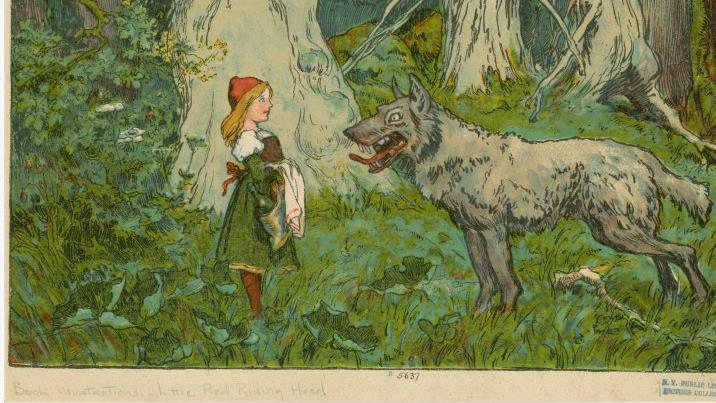


“The Story of Grandmother” by Paul Delarue Published in 1989
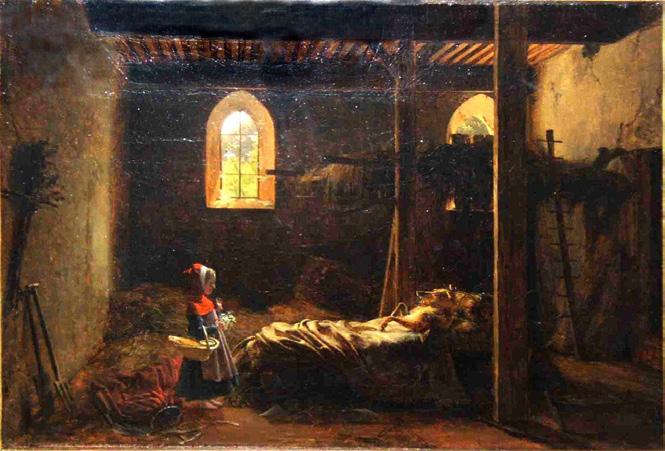
“Wolf” by Francesca Lia Block Published in 2000
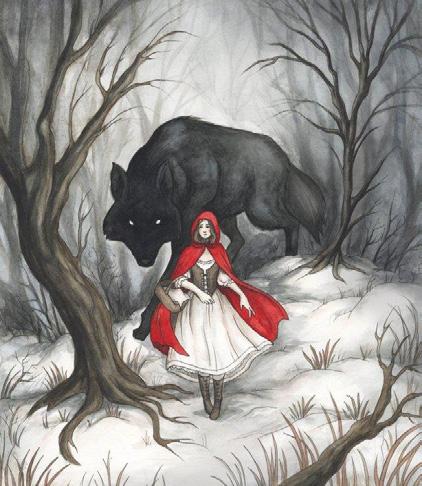
This is a presentation I did this semester (Spring 24) for ENG 249 01 Folklore and Fairy Tales comparing and contrasting two different Little Red Riding Hood versions throughout history.

“The
Little Red Riding Hood:
LRRH does not have a name in this version. She is mentioned as “Little Girl” or “Child.”
The Mother:
The mother in this version is lightly skimmed over and is referred as being a woman.
The Grandmother:
The grandmother was mentioned lightly before the bzou ate her.
The Wolf:
The wolf is called a Bzou (a werewolf).
The Talking Cat:
This character only has one line within the story, but this is one of the only versions of Little Red Riding Hood, that has a talking cat in it.
“Wolf”
Little Red Riding Hood:
LRRH does not have a specific name in this version. She is the little girl who is trying to escape a toxic home situation.
The Mother:
The mother and daughter were very close. The mother was the girl's best friend.
The Grandmother:
The grandmother lived quite some distance away. This character has a strong sense of family loyalty.
The Wolf:
The wolf in this story is a human. He is the mother’s boyfriend who remains nameless through out the story.

“The
The Needles Road:
In this version, the road that LRRH used is called Needles Road. LRRH loved picking up needles on her way to her grandmother's house. This road is where she meets the wolf later in the story.
Cannibalism:
In many other LRRH versions, this is left out. In this version the werewolf drained her grandmother's blood and carved her skin. When LRRH arrived, he told her to eat. The werewolf lied and stated that the food was meat and wine.
The Werewolf/Sexual Abuse:
In this story, the wolf is a half wolf, half human creature (commonly known as a werewolf). The werewolf has the girl throw all her clothes into the fireplace at the end of the story. The werewolf is a metaphor to describe a rapist and a cannibalistic murder.
The Talking Cat:
In this plot, a talking cat said to LRRH, “A slut is she who eats the flesh and drinks the blood of her grandmother!” (Delarue, 1989). The cat reflects how LRRH feels about herself during these traumatic events.
Heroine:
The girl is brave and tricks the werewolf, allowing her to escape.
Little Red Riding Hood:
Other than LRRH being a girl with a long red cloak, she is a young girl in the yearly 2000s trying to survive and get to a safe place. She decides to runaway and go to her Grandmother’s house to get away from the wolf.
The Mother:
The mother in this version is someone very close to LRRH and unlike most tales, she is the one who is murdered by the wolf.
The Grandmother:
In this story, the grandmother is neither sick nor frail. The moment she starts to mistrust the wolf, she draws a shotgun. She then accepts accountability for his death even though LRRH was the one who shot the wolf in the end. This demonstrates her love and concern for LRRH.
The Wolf/Sexual Abuse:
The wolf has a toxic relationship with the mother and is neglectful to LRRH. The wolf frequently attacks LRRH sexually, but she remains silent out of concern for her mother.
Heroine:
Despite the fact that LRRH killed the wolf and rescued herself, she regrets not going back for mother the day she ran away. She believes that her mother’s passing is her fault.

“The Story of Grandmother”
The little girl tricks the werewolf by telling him she wants to go outside. The girl makes her getaway and heads home. Before the werewolf could catch her, she was safely home. Folklore and Fairy Tales
“Wolf”
To Escape the wolf, Little Red Riding Hood fled her house. She discovered the wolf was already at her grandmother’s house when she arrived. As the situation unfolded, Little Red Riding Hood shot the wolf, killing him.




• The advice to not talk to strangers.
• Many predators use manipulation tactics like those used by the wolf in the story. For example, the wolf directs LRRH to unclothe herself in the story saying, “Throw it in the fire, my child; you don’t need it anymore” (Delarue, 1989).
• Mentioning cannibalism reflects the feelings of self disgust that sexual assault victims experience after traumatic events like those described in the story.
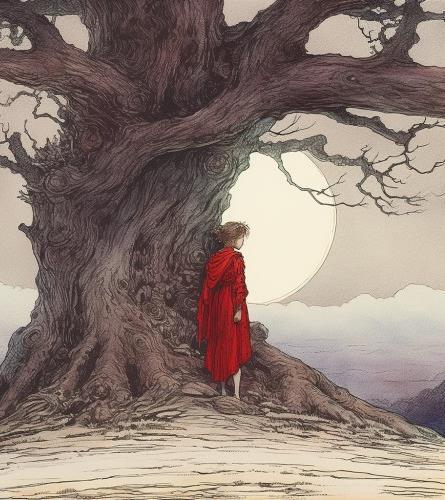


• The trauma behind rape or abused can build up causing people to take unreasonable actions in their life.
• According to LRRH (page 249), the majority of runaways had issues with forms of abuse that caused them to flee.
• This tale illustrates what happens when someone is abused. When a person being abused it causes them to feel as if their identity is being stripped away.
“Little Red Riding Hood and the Wolf.” NYPL Digital Collections, 1904, digitalcollections.nypl.org/items/6c3fd3a0c008-b7e1-e040-e00a1806549e.
Mcleod, Madalyn. “Little Red Riding Hood.” Madalyn Mcleod, 2013, www.madalynmcleod.com/ .
Ross, Greg. “Origins.” Futility Closet, 1 July 2018, www.futilitycloset.com/2018/07/01/origins-3/.
Limited, Alamy. “Oh, Granny, Your Teeth Are Tremendous in Size!” ‘They’re to Eat You!’ – And He Ate Her!’ from ‘little Red Riding Hood’ by Paul Gustave Dore (1832-1883) from the Book Fairy Realm. A Collection of the Favourite Old Tales. Illustrated by the Pencil of Gustave Dore by Tom Hood, (18351874); Gustave Doré, (1832-1883) Published in London by Ward, Lock and Tyler in 1866 Stock Photo.” Alamy, 1866, www. alamy.com/oh-granny-your-teeth-are-tremendous-in-size!theyre-to-eat-you!-and-he-ate-her!-from-little-red-ridinghood-by-paul-gustave-dore-1832-1883-from-the-bookfairy-realm-a-collection-of-the-favourite-old-tales-illustrated-by-the-pencil-of-gustave-dore-by-tom-hood-1835-1874gustave-dor-1832-1883-published-in-london-by-ward-lockand-tyler-in-1866-image365144397.html.
Guenther, Leanne. “Little Red Riding Hood’s Enchanting Adventure - a Tale of Nature’s ...” DLTK Sites for Kids, www.dltkteach.com/fairy-tales/modern-red-ridinghood.htm. Accessed 16 Feb. 2024.
Hallett, Martin, and Barbara Karasek. Folk & Fairy Tales. Broadview Press, 2018.




This paper examines how capitalism impacts education in the US, particularly for low-income individuals. It discusses funding disparities, and teacher turnover. It emphasizes the need for collaborative efforts to address these challenges and suggests innovative approaches like local expert-led classes and community engagement programs. Ultimately, it aims to promote equity in the education system.
The intersection of market capitalism and education in the United States has long been a subject of debate and concern. The influence of capitalism on education is undeniable, and its effects on individuals from low socioeconomic backgrounds are particularly significant. As we delve into this critical issue, it becomes evident that the capitalistic support of the education system has both direct and indirect consequences on the lives of marginalized students. The disparities in educational access and quality across socioeconomic levels are not merely coincidental but, in large part, a product of the capitalist framework within which our education system operates. This essay seeks to explore the impact of capitalism on the education of low- income individuals, examining how it affects their access to quality education and opportunities and what individuals in various positions can do to address these disparities. To comprehend the depth of this issue and manage it effectively, it is crucial to investigate the systemic influences of capitalism on the American education system and its direct repercussions on the lives of those most in need of a fair and inclusive educational experience.
Capitalism’s influence on education is multifaceted and complex. The allocation of resources often favors wealthy communities and private schools, as seen in Berner’s (2016) research on public funding for private schools. This disparity of financing can lead to inadequate resources and facilities in public schools serving low-income communities, affecting the quality of education these students receive. Teacher turnover is another critical issue, as highlighted by Carver-Thomas and Darling-Hammond (2023). Low salaries and challenging working conditions in public schools can result in high turnover rates, leading to a lack of experienced educators in underserved areas. This constant turnover negatively impacts the educational


experience of low- income students. The root cause of many of our education system’s issues is that we do not have an incentive to teach our students as with anything in America. Nothing will change if there is no financial incentive; the profit motive is the bottom line.
The question of how capitalism affects individuals from low socioeconomic backgrounds is a pressing concern due to the substantial disparities in education and opportunities that persist across socioeconomic strata. Capitalism’s influence on education plays a pivotal role in shaping the lives and prospects of marginalized students. Understanding this impact is crucial to address inequality and promote a fair and inclusive society. This information is invaluable for policymakers, educators, and advocates working to address educational inequities. By examining the effects
of capitalism on education for low-income individuals, we can identify areas in need of reform and develop targeted strategies to provide better opportunities and support for these students. Why is the education system failing our students and teachers, and what can we do to fix it? Despite our cultural obsession with getting American students to perform well in standardized testing, our scores fall squarely in the middle of the pack compared to other industrialized nations.
Historical context, as provided by Chen (2023), also reveals how capitalism has shaped the American education system. It reflects a legacy of inequality where marginalized communities, often consisting of low-income individuals, have historically received subpar education due to systemic disparities in resources and opportunities. The impact of capitalism on education is further compounded by issues like standardized testing and curriculum design, as noted by Valencia (2020). These aspects, influenced by marketdriven forces, can inadvertently perpetuate inequality by failing to address the unique needs and challenges lowincome students face.
Low-SES students face substantial challenges in the education system. To ensure these students have an equitable opportunity for success, schools and educators must take proactive steps. By providing equitable resources, support services, and opportunities, schools can help level the playing field and ensure that all students, regardless of their socioeconomic background, have access to a quality education and the chance to succeed. These efforts are not only essential for individual students but also for creating a more just and inclusive society. Students from low socioeconomic backgrounds face a range of challenges that impact their educational outcomes and life opportunities. These challenges, such as limited access to resources, underfunded schools, inadequate nutrition, and
unstable family environments, are deeply intertwined with the influence of capitalism on the education system. To mitigate these disparities and empower low- SES students, it is essential for schools and educators to take deliberate actions. This essay explores the specific challenges faced by low-SES students and outlines the strategies that schools and educators can employ to help them overcome these hurdles and achieve academic success.
The impact of capitalism on education has profound consequences for school-age students from low socioeconomic backgrounds. They often encounter underfunded schools, inexperienced teachers, and inadequate resources, resulting in a disparity in educational quality.
This inequity can lead to lower academic achievement and limited access to opportunities, perpetuating the cycle of poverty. To address these challenges, various stakeholders must collaborate to mitigate the effects of capitalism on education for low-income individuals. This may include implementing policies to distribute educational funding equitably, improving teacher recruitment and retention, and revising curriculum and assessment strategies to serve the needs of marginalized students better. By understanding and addressing these issues, we can work towards a more equitable education system that offers opportunities for all students, regardless of their socioeconomic background.
Ultimately, pursuing a fair and inclusive education system should be a shared goal supported by educators, policymakers, advocates, and the broader community. The impact of capitalism on education is undeniable, but it is not insurmountable. By working collectively to address these challenges, we can strive to break the cycle of inequality and provide all students, regardless
of their socioeconomic background, with an opportunity to thrive and succeed in the modern knowledge-based economy. Local experts could teach small classes in their respective fields, and students could learn the history of their town, city, or region. These communities could engage in small-scale exchange programs, day or week-long trips where students could experience the realities of different communities. We tend to get stuck in the notion that what we have now is the only possibility, whether regarding healthcare, entire economic systems, or education. There are so many improvements we could make and so many opportunities worth exploring.
Berner, A. (2016, July 1). Public funding for private schools: Recent research and larger policy implications. JScholarship. https://jscholarship.library.jhu.edu/ items/9e65520d-9e10- 4898-9273- d987aeada88f
Carver-Thomas, D. C.-T., & Darling-Hammond, L. (2023, September 25). Teacher turnover: Why it matters and what we can do about it. Learning Policy Institute. https:// learningpolicyinstitute.org/product/teacher-turnoverreport
Chen, G. (2023, August 24). A relevant history of public education in the United States. Public School Review. https://www.publicschoolreview.com/blog/a-relevanthistory-of-public-education-in-theunited-states
DeSilver, D. (2017, February 15). U.S. students’ academic achievement still lags that of their peers in many other countries. Pew Research Center. https://www.pewresearch. org/shortreads/2017/02/15/u-s-students-internationallymath-science/
Valencia, N. (2020, May 19). The same people who designed prisons also designed schools. ArchDaily. https://www. archdaily.com/905379/the-same-people-who-designed-

This essay was a labor of love. We were asked to pretend to be a junior editor of the newest edition of the Seagull Book of Literature, highlighting three stories that exemplified a particular literary characteristic. I chose three great stories and discussed the symbolism within them. Of particular note is my writing on Carmen Maria Machado’s The Husband Stitch, a story I have since reread again and again for its rich symbolism and incredible messaging about women’s self-embodiment.

As we at Seagull begin restructuring for the next edition, I have identified three stories from the current edition that can be naturally included in the symbolism category. Each of these selected stories uses symbolism to make a statement. The first of these stories is Shirley Jackson’s “The Lottery.” “The Lottery” uses symbolism to denounce harmful traditions and the indoctrination of children. The second is “I’m a Mad Dog Biting Myself for Sympathy,” in which Louise Erdich uses symbolism to discuss dysfunction in love, and holding on to relationships longer than is warranted. Finally, in “The Husband Stitch” by Carmen Maria Machado, Machado uses symbolism to make a statement about women’s roles, bodies, and sense of identity. Moving towards designated categories to focus heavily on literary analysis for the upcoming edition of the Seagull Book of Literature is a choice that will make it simpler for students and professors to discuss literary tropes.
Symbolism is key in “The Lottery” by Shirley Jackson. The stones in “The Lottery” are gathered by the children which
they then use in an act of violence. This is the clearest example of symbolism in Jackson’s work, representing the indoctrination of children in harmful traditions. At the beginning of the story, all the young boys in the town are collecting stones, pocketing them, and sorting them into piles (129). In the line “Bobby Martin ducked under his mother’s grasping hand and ran, laughing, back to the pile of stones” (130) Jackson portrays a sense that the children are engaging in a simple childhood pastime while the adults of the town tend to more important matters. The children treat it as a game, making piles and “guard[ing] [them] against the raids of the other boys” (130). Though the collecting of stones is portrayed lightheartedly, the stones’ true purpose is to be used by the children and townspeople as weapons against one of their neighbors. Once the victim is chosen in the lottery, the narrator reveals that “[t]he children had stones already” (138), and one small child was given “pebbles” (138) to throw at his own mother. Allowing the children to gather the stones for the lottery indoctrinates them in the ritual and normalizes the tradition. Jackson uses symbolism in this story to illustrate how simply seemingly innocent activities can be corrupted, and the ease with which children can be drawn into harmful activities. Jackson’s use of symbolism is dark, unsettling, and direct.
Jackson’s dark symbolism is contrasted by Louise Erdich’s playful, less straightforward symbolism in “I’m a Mad Dog
Biting Myself for Sympathy.” Erdich’s writing features a stuffed toucan that symbolizes the narrator’s dysfunctional relationship and, more broadly, the act of holding onto something that is no longer worthwhile. The story begins with the protagonist stealing a giant stuffed toucan for his girlfriend (60), who has left the state and started dating another man (64). As he flees from police, he clings to the bird despite the discomfort it brings him (60), and the
toucan becomes a mirror of the struggle of continuing an unsatisfactory relationship. This is further evidenced by the line “[t]hinking back now I should have ditched it, and slipped off through the alleys and disappeared” (60). In this line, Erdich acknowledges the gift of hindsight and the human tendency to cling to things that are familiar or sentimental, even when the choice to hang on no longer makes sense. The narrator straps the bird to the roof of a car and steals it (61). In doing so, his priority becomes getting away from the spectacle he has created, and the toucan becomes secondary. These actions reflect changes in focus within relationships that cause one or both partners to feel undervalued. A spectacle ensues when, as the protagonist is being chased down the highway by state police, the luggage rack pops open and the toucan “dives out of the sky, big and plush, a purple blur that plunges its yellow beak through the windshield” (63), resulting in a crash. The toucan has made a grand exit akin to a dramatic breakup, hurting itself and others in the process. This also alludes to the way his girlfriend left South Dakota to start from scratch without him. Erdich describes the crashed police car and toucan as being in a state of “shock” (63) following the crash, using personification to indicate the feelings following the aftermath of a relationship that no longer works. Erdich uses symbolism to hold a mirror up to her readers and inspire reflection about the relationships that no longer serve them.
In “The Husband Stitch,” Carmen Maria Machado also uses symbolism to inspire reflection of a different kind. The green ribbon in “The Husband Stitch” represents a woman’s sense of identity and agency. In the rhetorical situation set by Machado, it is typical for a woman to have a ribbon wrapped around a body part (192;196), while men are explicitly referred to as being “unmarked” (192). A woman’s ribbon holds her together, both symbolically
and literally, as the untying results in the loss of the limb it is tied to (200). For the protagonist, untying the ribbon around her neck is certain death (200). Nevertheless, the story centers around the narrator’s husband’s obsession and sexual fascination with her ribbon. During her first intimate encounter with her eventual husband, he reaches to touch it, and she stops him, saying “You shouldn’t touch it. […] You can’t touch it” (178). In this moment, she sets a boundary with him: her ribbon is the one part of herself that she will not grant him access to. Her husband repeatedly crosses this boundary and repeatedly sexualizes her ribbon, even going so far as to assault her so he can touch it despite her protests (185). This is a depiction of the male desire to claim ownership of every part of their partner. In one scene, when the protagonist and her husband are having sex, he uses her preoccupation as a distraction to try to untie her ribbon, and she halts their encounter (191). He becomes upset, and claims that “[a] wife […] should have no secrets from her husband” (191) which she counters with “[t]he ribbon is not a secret; it’s just mine” (191). She follows with “I’ve given you everything you have ever asked for […]. Am I not allowed this one thing?” (191). The ribbon is a central part of her, the only thing keeping her head on her shoulders, but her husband still yearns to remove it. After many years together and with their son grown and moved away, the narrator allows her husband to remove the ribbon (200). When she concedes, the line “I do not have to touch him to know that he grows at the thought” (200) illustrates the continuing sexual excitement he feels at the prospect of her giving herself fully to him. He weeps when he realizes what he’s done, and the protagonist’s final line is “I feel as lonely as I have ever been” (200). He is directly responsible for her death, and in her final moment, realizes what he has been asking of her throughout their entire relationship: a complete undoing of the one thing that held her together.
Without symbolism, Machado’s story “The Husband Stitch” is an aged up fantastical reimagining of an old children’s tale, “The Green Ribbon.” With symbolism, it’s a rich commentary on women’s bodily autonomy and sense of self-ownership.
Symbolism is a central element in Jackson’s “The Lottery,” Erdich’s “I’m a Mad Dog Biting Myself for Sympathy,” and Machado’s “The Husband Stitch.” Each of these authors use symbolism in their writing to make broader points and strengthen their themes. Jackson uses symbolism to make a statement about the indoctrination of children. Meanwhile, Erdich uses symbolism to discuss clinging to dysfunctional relationships. Finally, Machado’s symbolic representation of a green ribbon ties together a narrative of women’s empowerment. Each of these stories would be natural additions to a new “Symbolism” category in the new edition of The Seagull Book of Literature.


This assignment was for developmental psychology. It briefly explains prenatal periods and examples of harmful teratogens. I then described the Strange Situation test and its independent and dependent variables, finally going over Piaget, Erikson, and Kohlberg’s types of developmental theories.
The three prenatal developmental periods are the germinal period, embryonic period, and the fetal period. The germinal period is from conception to two weeks after conception. In this period, the male’s sperm unites with the female’s egg, which creates the zygote. The cell divides repeatedly to create a morula, then a blastocyst. Within the two weeks of the germinal period, the blastocyst implants itself into the uterine lining. During this time, the placenta develops as well. After the implantation is complete, the next period occurs, the embryonic period. The embryonic period lasts from around the third week of development to the end of week eight. At this stage, we have the embryo. This period is the most important in terms of physical development, as the spinal cord, brain, all internal organs, and sex are developing. Birth defects are the most likely in this stage. After week eight, we proceed to the fetal period. The fetal period starts around week nine, the embryo now considered a fetus, and ends at birth. No more structures develop, but birth defects are still possible, along with miscarriage. During this stage, the fetus’s body continues to physically change, similar to the embryonic period. Through this stage, the fetus moves its muscles, the eyes and eyelids finish developing, and the organs finish developing as well. The fetus grows larger, its weight and length increase, and the brain matures. In this stage,
psychological development can be affected; the possibility of impaired cognitive, emotional, or social functioning after birth rises. After 28 weeks (about 6 and a half months) of gestation, the fetus is considered to have completed its development and may have the potential to survive outside the womb with the help of modern medicine. However, healthy full-term pregnancies are around 38 to 42 weeks (about 9 and a half months) after conception.
Teratogens are environmental substances that can harm prenatal development. Examples of teratogens are viruses or prescription medication. Viruses like the flu can heighten the risk of mental disorders such as schizophrenia and the risk of a premature birth. Prescription medication, such as anti-depressants like Zoloft or Prozac, come with a risk of premature birth. However, most medications come with risks during pregnancy.
According to the Strange Situation test, there are three types of attachment: secure attachment, avoidant attachment, and finally, ambivalent attachment. A secure attachment in an infant is when said infant is comfortable to play and is friendly to the stranger if the caregiver is present. When the caregiver leaves, the infant will become distressed. However, when the caregiver comes back, the infant seeks their comfort and calms down. In an avoidant attachment, the infant shows no distress by the absence of the caregiver and may even prefer to play with the stranger. Even when the caregiver returns, the infant may continue to avoid them. An ambivalent attachment is where an infant cries a lot when the caregiver leaves and once they return, the infant will both seek and reject comfort from the caregiver. Sometimes the infants are inconsolable. I believe the independent variables in the Strange Situation test were the caregiver and their removal and reimplementation, and the presence of the stranger. The dependent variable was the infant and its reaction to
1) the caregiver leaving and 2) how they interacted with the stranger.
Jean Piaget’s Theory of Cognitive Development is described by four stages of cognitive development from birth to age twelve and up. The first stage, sensorimotor, is from birth to age two. This stage is mainly learning from their senses and motor exploration. Piaget says an important concept of this period is object permanence- before nine months of age, infants do not have a full comprehension of object permanence. Full comprehension of object permanence is a key accomplishment during this period. The preoperational stage is between two and seven years old. Because of their lack of logical reasoning, children in this stage often think intuitively. Their thinking is also egocentric, often revolving around their perspective. The third stage, concrete operational, is from seven to twelve years old. Children in this stage can now think logically, however not abstractly or in hypotheticals. The “concrete” in concrete operational refers to how children in this stage can only reason with objects they can act on in the world. The final stage, formal operational, is from twelve years old to adulthood. During this stage, children can use reason in more sophisticated ways, such as critical thinking. This also includes abstract thinking and taking in viewpoints from others.
Erik Erikson’s theory of Psychosocial Development has eight stages that cover an entire lifespan. This theory is based on the psychological challenges faced at different stages in a lifetime and how these challenges affect social relationships. Erikson further argues that each crisis can provide an opportunity for psychosocial development and skills for the next crisis- however, lack of progress in each crisis may impair development. The eight stages, based on psychosocial crisis: trust versus mistrust, autonomy versus shame and doubt, initiative versus guilt, industry versus inferiority, identity versus role confusion, intimacy versus
isolation, generativity versus stagnation, and integrity versus despair.
Lawrence Kohlberg’s theory of moral development consists of three main levels: preconventional, conventional, and post conventional. Preconventional is the lowest level and focuses on self-interest and event outcomes to determine what is moral. Conventional focuses on strict adherence to societal laws and the approval of others. Finally, postconventional is the highest level of moral reasoning and responses depend on complex reasoning, abstract principles, the value of life, and the greater good.


This is my final writing project for Eng 247 Nature and Outdoor Writing. It is titled Winter Blues: A Lyric Essay. I had freedom to pick the genre and theme for my final project, so I wrote a lyric Essay composed of different poems and prose that I wrote in an attempt to capture what I was feeling in that moment, while keeping within the theme of the natural world.
When I was younger, I was passionate about creative writing, but I had given up on it years ago. I had forgotten how much healing and relief it brought my soul. If it was not for Eastern Maine Community College, I am unsure if I would have ever remembered just how much happiness writing truly brings me. Thank you for the opportunity to be creative; these classes truly changed my perspective on life.
Do the trees weep as they watch us destroy their kin? Is it their desire to shelter our fleshy bodies that cannot keep us alive through the harsh winters that they fondly recall as a time to slumber? Do they conceal their agony because of their giving nature? They do not look down upon us because of our inability to protect ourselves. Instead, they stand tall and say their silent goodbyes as we rip them from their roots and use them until they are just a memory. They do not detest us for plucking the fruit from their branches, using it to nourish our children. They watch
us destroy their descendants, using their babies to craft furniture to relax upon after our massacre is finished. They are accustomed to their role as a tool in our existence. If we allow them to draw breath, every exhale they experience provides us with life; though we may not deserve it. We act as though they are not alive. We do not hear their ultrasonic screams as we rip them limb from limb. Still, we know they are screaming.
When I wake in the morning it is not yet dawn.
I sit with my coffee and await the daybreak that I long for.
I gaze upon the magnificent glow that exposes a crack in the darkness. My darkness.
I thought for a moment.
This is the same sunrise that was beheld by the women who came before me.
The same sunrise Sylvia watched tear through the night as she tirelessly wrote.
The same sunrise my mother saw every morning while she raised me up to be the woman I am today.
It is just like a mother, to awaken before the sun and work silently.
So we can watch the day come to life, like our world shortly after.
Our babies chirp like the robins who sing their song as the dawn breaks.
A mother is like a sunrise.
Even if she was awake all-night crying to the moon.
Even if the rage inside of her burns bright, like the colors that she awaits every dawn.
She rises still.
As I make my way down the grassy trail to the beach, I am alive.
As I breathe in the salty air and taste it on my tongue, I am awake.
As I sink my toes deeply into the sand I am reminded of my impermanent existence, much like the stones the sand used to be.
As I ponder how life is like an anaphoric poem with every day beginning the same, I am afraid.
As I am, my life is fleeting. I dive headfirst into the frigid sea.
As I ruminate on the beauty of the ocean and how it is matched only by its danger and darkness, I finally see.
As I emerge from my plunge, I realize that I am the ocean. Full of darkness yet teeming with life.
As I walk out of the water and back to the sand, I understand that I am the only one who stands in my way.
As I lay myself down in the sun, I know there are brighter days ahead of me.
Sometimes I find myself trying to wallow in self-pity. I tell myself that life is too difficult. I was dealt the wrong hand in a game of cards that nobody taught me the rules to play. This class is about nature writing, and I often find myself
trying to find ways to write about nature that paints it in a beautiful light. I try to find a way to take the poetry and prose that lay dormant inside me and splatter it on the page so everyone can see how beautiful it is. It feels like a magnificent lie. The truth is, I am ugly. Nature is ugly. For every poem about love I can scrawl, there are five more solemn ones I can imagine. For every beautiful sunrise or sunset, for every tree adorned with foliage that burns brighter than the sun; there is ugliness. The sky may grace us with unimaginable colors. Or it may open up with rain, flooding cities and villages, killing everyone in its path. At autumn’s end, the foliage falls to the ground and lays there slowly decomposing, reminding us that nothing is forever. The older I get the more I have come to learn that one must find beauty in pain. One must not tell themselves that they are a victim of circumstance and persevere through all adversity. When a mother giraffe gives birth to her first calf knowing the pride of lions is slowly surrounding her; she does not ask why. When a tree is cut from the ground after it has lived on this earth for one hundred years; it does not beg for mercy. Nature is cruel and all of us in the natural world must adapt to its vicious ways. If one never learns to adapt, they will always spend their days asking God why it had to happen to them. Worse yet, one may find themselves as a giraffe when they were meant to be a lioness.

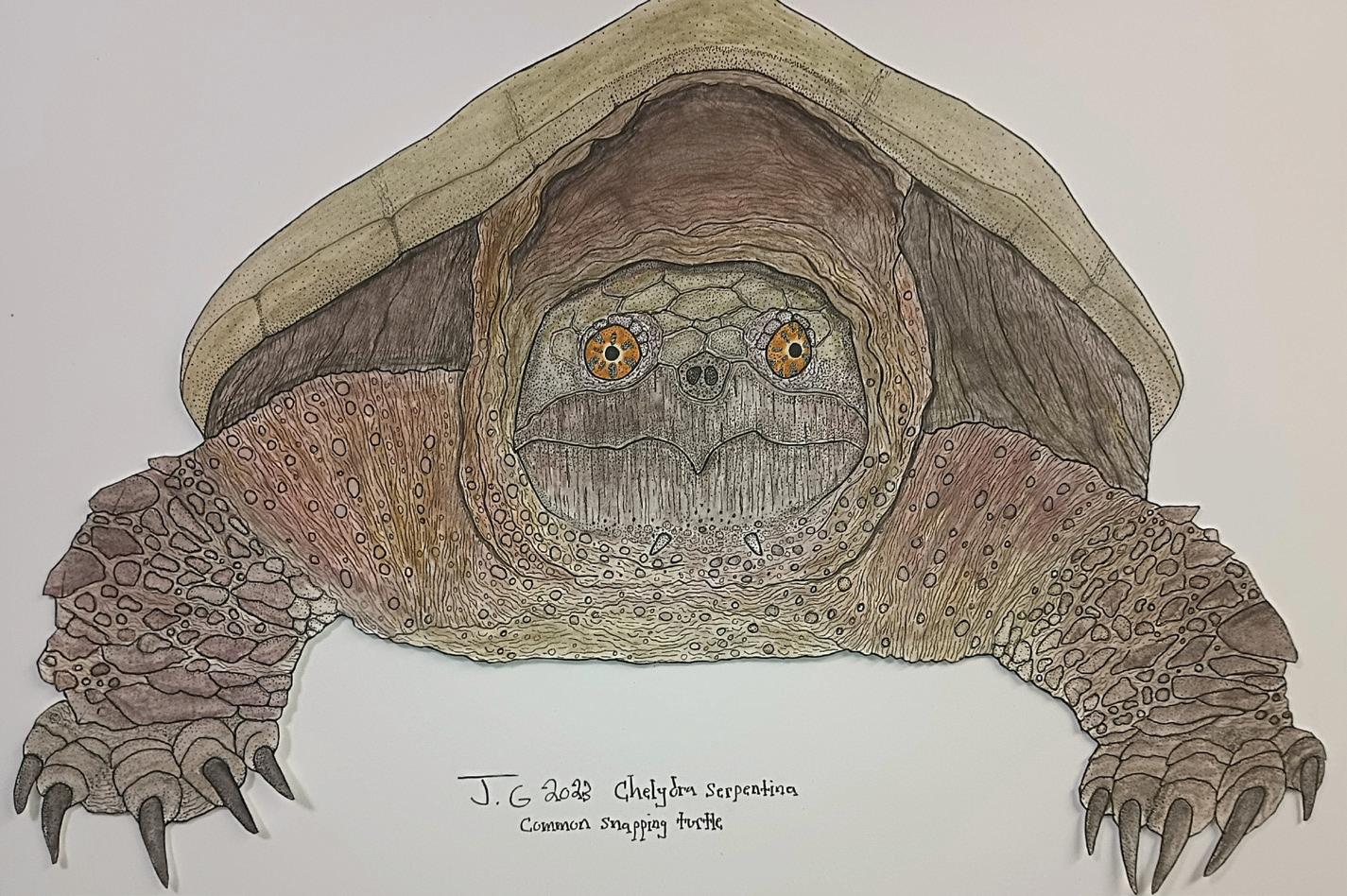

This short story is about a snapping turtle for the Nature writing course, and an illustration that goes along with it. The assignment was the final project for the course and left students free to choose what they wrote about and what sort of genre (so long as it was nature related of course).
Somewhere in Maine, in some little blackwater pond wreathed in dry cattails and capped with a sheet of shimmering gray ice, an old snapping turtle rests beneath the mucky pond sludge.
She waits patiently beneath the ice for months, buried in the depths of her grimy subaquatic home, scarcely moving, heart beating ever slowly, but never truly sleeping.
At last, spring arrives, and all that can be heard by the pond is the metronomic drip…drip of the snowmelt seeping from the rusty railroad bridge into the now warming waters of the pond below.
Sensing the change in temperature, the old snapper emerges from the muck, kicking and hauling herself from the depths with powerful armored limbs, and pushing free from the mud and soggy leaves. She is engulfed in a cloud of silt, and, swimming again at last, she glides out from the dusty cloud toward the center of her pond, where rays of sunlight pierce through the murky water, illuminating it in wavy amber shafts that stretch down to the muddy bottom.
After weeks of slow spring days spent hunting for fish and other small creatures, or gnawing the silky green algae that clings to the dark waterlogged branches that furnish the pond’s floor, the days have begun to grow warm, and on sunny afternoons, The old snapper glides lazily to the rocky end of the pond, where the steep bank of rocks that runs along the railroad tracks spills down to the water’s edge, and hauls herself from the water and onto a large, flat stone.
She sits still as a statue under the sun for hours, water pooling onto the stone beneath her and evaporating as she looks out over her pond, its margins now rich with emerging greenery; sedges, rushes, and the shiny arrowhead leaves of pickerelweed. Nearer to the center of the pond, scattered colonies of lily pads and watershield float on the water’s surface, their slimy red stems reaching down below, through the lacy green masses of bladderwort
plants hung just beneath the water, faintly visible from above.
As the days stretch longer and the weather grows warmer still, The old snapper begins her search for a proper nesting location. Emerging again near the rocky end of the pond, she hauls herself from the water, dripping and trailing ribbony pondweeds as she drags her hefty algae-covered shell over the rocks, making slow progress up the steep rocky bank to the railroad tracks. After some time, she plants one clawed, scale-clad arm onto the top of the steep bank, and with the other arm following, she hauls herself up onto the railroad ballast just alongside the tracks.
She waits here for a short time in the afternoon sun, wise orange dragon eyes blinking slowly to ward off the little black ants investigating her rough skin and worn shell, occasionally venturing onto her face to pester her nose and eyes. Soon satisfied with the relative safety of this spot, she begins creating her nest, pushing and scraping the railroad ballast behind her away with slow powerful strokes of her back legs, revealing the finer gravel beneath. It’s easier work now, scraping away at the fine sand and gravel with legs perfectly evolved for the task, clad in wide bony scales, with short webbed toes tipped with long black claws. Eventually, she’s excavated a small pit, and still safely undisturbed, she nestles back into it.
Having already mated late last year with a male who stumbled across her pond by chance, and having the ability to store sperm for several years, she had no need to mate this year, and is ready to lay her eggs. It’s a long process, and she sits patiently in the nest for several hours.
Having finally finished, she drags herself up just out of the nest, and backfills the pit, pushing sand over the mouth of the hole with her back legs.
As she finishes the filling in of the nest, she becomes aware of a faint vibrating in the ground beneath her. With the vibration steadily growing in strength, the old snapper doesn’t need to crane her long wrinkly neck down the tracks to see the single bright headlight far down the way. She’s lived in this pond long enough to know what the vibration means, and she turns with as much haste as she can muster, scrambling down the bank in a dusty slide of tumbling stones and retreating to the water.
Safe beneath the murky surface, she feels the great rumbling force of the passing mechanical beast, dampened and suppressed by the water around her, sending ripples across the pond and rustling the greenery with powerful gusts. Despite the intimidating power of the loud, frightening machine, she has learned to live with it over the years, and has no desire to seek out a quieter home. Having laid eggs here several times before in her long life, she has no fear for her babies just several feet from the tracks. If anything, they are safer here, the trains further deterring the greedy paws of some clever fox. Even still, It’s a dangerous world for such fragile creatures, and there is a reason she layed nearly fifty eggs.
The summer trills lazily by at the pond, hot and sticky now, air always thick with moisture and some insects buzzing song. The blue flag Iris that grow in island-like clusters on the shallow end of the pond have raised their bright violet banners now, and they are accompanied all around by the round golden blossoms of the yellow water lilies, which seem to glow with a buttery warmth when the afternoon sun hits them just right.
With the summer growing late now, the greatest spectacle of the pond has only just begun to unfold. On the boggy
side of the pond, where the shore is not a shore at all but a floating shelf of moss and plant material, the rose pogonia orchids are in bloom, unfurling countless dazzling displays of pink petals that sweat in the humid July heat.
At sunset and all through the nights now, a chorus of frogs fills the warm air with their trilling calls, several species all joining in on the enchanting symphony.
One sticky late July afternoon, as the old snapper mills about through the duckweed and bladderwort entirely unaware of the happening at the top of the bank along the railroad tracks; an egg has begun to twitch beneath the loosely compacted sand and gravel. It goes on like this for some time, twitching occasionally, more and more, before the other eggs start twitching aswell. Soon, the first egg develops a small crack, and the tiny turtle within thrusts its beak into the crack, and, working a tiny scaly arm through the now larger opening, splits the egg wide open, squirming and thrashing its way into the world.
With the other hatchlings now struggling out of their eggs as well, they begin attempting to escape from the nest. They struggle against the loose sand and gravel above them, which collapses onto them, disorienting them, but only briefly. Following some innate instinct, they keep struggling up towards the surface, until finally the sand and stones above collapse, letting shafts of sunlight into the mouth of the nest.
The hatchlings push through the remaining sand at the mouth of the nest, and clumsily squirm out onto the railroad ballast. Their senses are overwhelmed, but with nothing else to do, they continue following their instincts in a hasty march down the bank towards the water. There are nine of them, waddling and squirming towards the
waters edge, and while more may yet hatch, it’s a sullen reminder of why so many eggs must be layed. Luckily for these little ones, the distance to the pond is short, and life has no more trials in store for them today.
The hatchlings reach the water as the sun is beginning to set, slipping one after the other beneath the golden glimmering surface amongst the duckweed, weaving their way through lacy bladderwort foliage and translucent ribbony pondweeds, and through the murky water just ahead they can see a pair of amber dragon eyes, admiring them with motherly pride.


5 entries, written as you observe nature/experience the outdoors on 5 separate occasions.
Driving on a rainy day, I decided to pull over at this familiar playground I always tend to visit with my family. The only difference was that this time I was alone in Medway, Maine. First, as I was walking by the grass, came down the light sprinkles that caressed my cheeks followed by the pouring rain that started to block my view as the water hit my eyeglasses. Although I had been walking on the beach for some time, I quickly came back to my car for shelter.
What followed next on that wet, cloudy, and cold day was an amazing display. The skies cleared slowly, and a dash of sunlight hit the ground. As I was watching the changing clouds become brighter in the sky, I saw a striking arch that almost hit my face. I quickly analyzed the following factors: the proximity of the rainbow, the clarity of the colors of it, and the fact that I was so darn lucky to see all this spectacle unfold before my eyes. Caught by this moment, my inner child made me jump out of my driver’s seat and quickly took a picture of that abrupt scene. In my experience from seeing rainbows, they do not last very long, and one never knows where and when there will be another chance to see one again.
What made this picture so special is that it felt as if it was right there in front of me. When this picture was taken, I observed the tonality of the sky below and above the arch: a clear and darker tone. It reminded me of the dichotomy in life as the colors symbolize happiness, sadness, health, sickness, victory, defeat, and, in the middle of it, a colorful set of strings to manifest hope, beauty, and the power of nature.

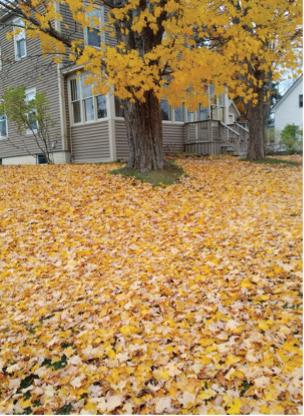
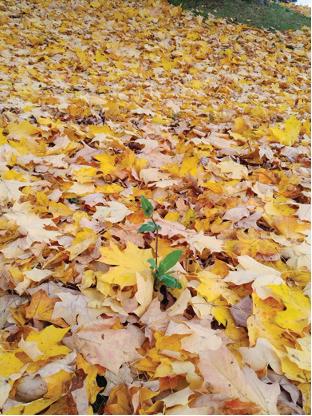

On a Tuesday morning, on our way to visit the neighborhood playground, something caught our attention. It was an extensive golden carpet on the corner of County Street and Spruce Street in East Millinocket, Maine. The yellowish color of the fallen leaves, combined with the light tan color of the other ones, gave the illusion of a golden carpet.
By the sidewalk, some leaves laid flat on the pavement. As someone started to walk over them, I could hear the crunching sound at every step. It was as if the leaves were letting us know that they were there. They may have intended to be acknowledged, heard, and seen, just like
every living thing does in the world around us. Perhaps their sound was a way to let others know they were there, like a sign beckoning us to stop and stare.
On the other hand, amid the kaleidoscope effect of this golden carpet, a plant prevailed in its intact green. Untouched by the eminent duration of days and nights, it had remained in its summer color. It stuck out because it was the only one spotted on the big golden carpet. It looked almost as if it was clinging to resist the change of the seasons.
Above all, these observations prompted me to recall a couple of notions. First, I considered how self-absorbed the human being can get, making it easy to forget the sense of wonder or curiosity beneath our feet. Second, the Mainers are so lucky to have such an explosion of colors in Autumn. It is truly astonishing!
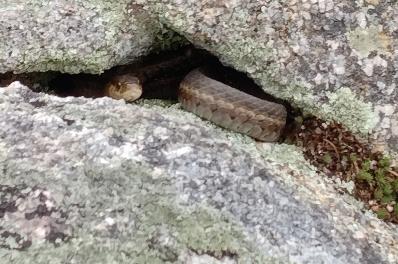

On a cool morning, we decided to take a hike towards Sandy Crook Pond, located in Baxter State Park. As soon as we left our vehicles, we felt we were not in our comfort zones anymore. We needed to make our way to the sign-in cabin, first, to choose the path to take. And so, we began our hike, climbing stairs made of rocks and then following signs directing us toward a safe way to go.
The weather was misty. The previous day it had rained. The air exhibited a certain scent to it. It was fresh and woodsy. We could tell a big mass of water was in the distance. The soil started to turn less compact and stable. It began
to change color, and it turned muddy. Our shoes started to be buried in mud more often as we got closer to our destination.
We got there, after passing a bridge, walking over a boardwalk, and following directions. I began to hear voices of excitement and surprise. Hidden in one of the deep cracks of a boulder, a snake was found.
I could not tell the gender, and I could not tell the kind, either. However, we contemplated it for a while, for safety reasons, and because it caught us off guard. It did not seem long in length. Its eyes were round with a dark brown shade, and its scales showed light brown hues and a light tan stripe. Its scales were small and oval shaped.
It could have been hibernating, shedding, or nesting. Whatever its reason for staying there was, we made sure to give it its space. It did not seem threatened or alarmed. It was calm and remained immovable in its position until we left.
My lack of knowledge in herpetology was not the best to classify this limbless reptile any better. Nevertheless, we enjoyed its presence. During the time that we came to a viewpoint, the boulder was the pre-checking point. One could not miss it.
The behavior of this animal appeared reserved, possibly trying to analyze intruders, scanning all visitors, and assessing their potential behavior. Sometimes this makes me wonder who is observing who. After all, this is their territory, and they are living their best life. I discovered in this encounter that, in some way, even though we assume ourselves to be, or even sometimes presume to be, at the top of the food chain, sometimes we are not. Despite that, our rational thinking may endow us with cognitive skills and good judgments based upon accumulated experiences.
Our place has been completely outlined. We know the limits and it is in our sound and wise judgment to respect it.
Seeing this reptile made me realize that, once we have made our way deep into the woods, their unknown and unpredictable characters welcome us. They welcome us with breathtaking paths, unstable grounds, sinuous trails, and muddy terrains with woodsy scents and hints of heavenly water in the air. The woods welcome us with slithering living beings. Most importantly, it is a place where we always feel welcome to come back.
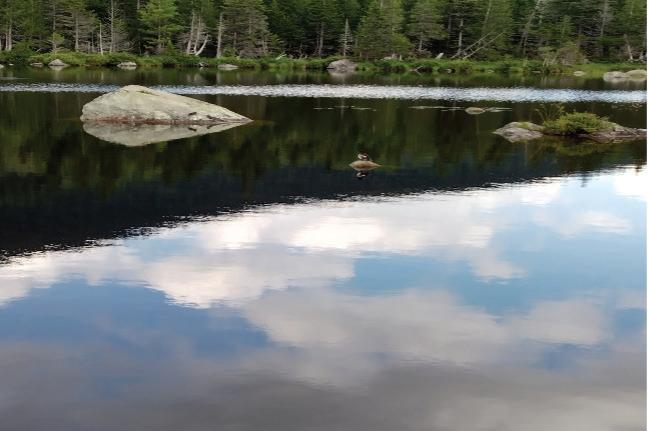

At the second viewpoint at Sandy Crook Pond, we came across a surreal scene. The aquatic mirror that reflected the woods and sky gave the impression of an endless landscape whose beginning and end could not be told.
Upon arriving here, I witnessed a small type of bird. It appeared to look like an Atlantic Brant. Its white belly and gray feathers, with a black feathered head and short legs looking toward the north, made him look mysterious, yet gave him a peaceful vibe. He stood there on top of a small rock, whose surface touched the air, revealing its grayish and oval shape. This rock looked to be at least
fifty feet away from the woods, and it was in the middle of the location in the pond.
This brant, standing on top of this rock, gave me reasons to feel both happy to enjoy his presence and jealous of his freedom. This small bird has the capacity to set in the most unimaginable locations. He does not have signs or barriers to keep away from. His wings are his tickets to mesmerizing landscapes and profound waters. His body allows him the pleasure to enjoy both worlds. I, in my limited position, can only attempt to imagine what this brant has seen or try to fathom the places he has been. As a human being, I can only view things from a not-so-aerial perspective, wishing I could explore the skies and feel the piercing of the air in every ascent, feeling unrestrained and limitless, confessing in this way an aerial jealousy. It is a jealousy that stands peacefully and patiently on a lonely rock, gazing upon the north.
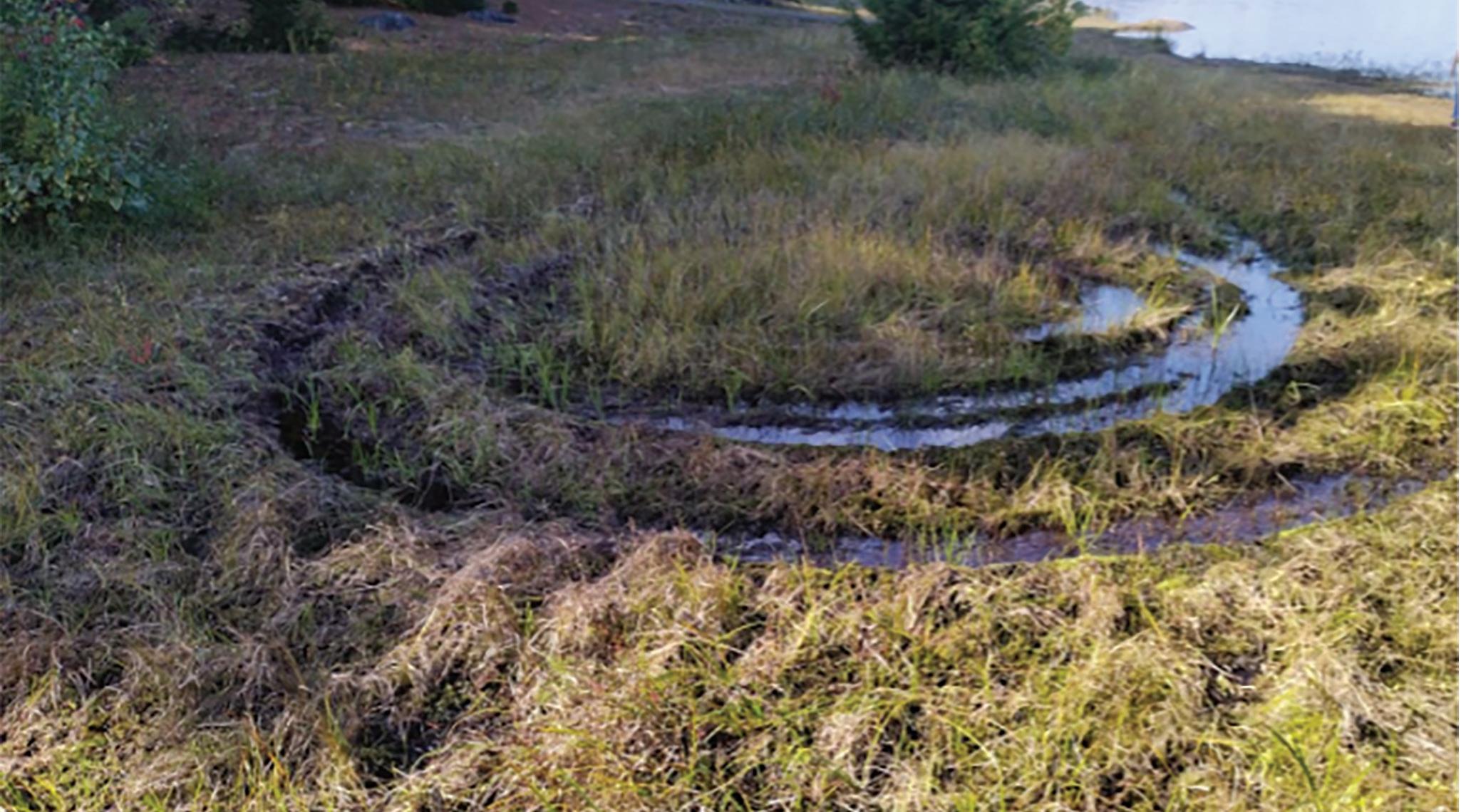

There it was,
Someone with a feeling of immortality
Or probably just mere stupidity
Someone who dared to be above precious grounds, And mark their own way going around in circles, going around, going in circles,
Spinning fast, being dumb, dumb, dumb, Making it look quite grand, a donut not so grand.
There it was,
Someone that couldn’t contain.
the sense of self-importance, the sense of self-control, or maybe someone who lacked sense at all. Going around, going in circles, Going around in circles, spinning fast, being dumb, dumb, dumb, making it look quite grand, a donut not so grand. There it was, someone who did not think about space, not even about the effect, someone who did not care, about its beautiful swampy state and went ahead to mark the ground. Going around, going in circles, going around in circles, spinning fast, being dumb, dumb, dumb, making you look , after all, not so grand anymore, finally, a glorious attempt to prove to be dumb, dumb, and dumb.
Location: Jerry Pond, Millinocket.

 Untitled by Stacy Hersom
Untitled by Stacy Hersom
The assignment was to write a speech about a success in our life. The speech had to be 1-2 minutes long
Would you be shocked to find out that a new hire you were training at work had a higher salary than you? That is how I reacted when I found out that a new employee at my job was getting compensated more than myself, the person training her. This is where my story began.
I began my first job as a medical assistant at an office that agreed to train me on the job. I was only a CNA at the time and had experience working in nursing homes up until that point. I was ecstatic to learn something new, as well as further my knowledge and skills. I quickly learned the job and became very efficient at my job. I became a go to person and eventually became an unofficial trainer at my job. There was no extra compensation for this role, but nevertheless I did my best with the new role. I began training a new person and after talking a bit realized that she was hired at a higher rate than myself as brand new certified medical assistant right out of school. The reason that I was getting paid much less is because I didn’t have the education that she did.
At that point, I decided the only thing I could do is get the education to back up the work I was already doing. I couldn’t quit my job and focus solely on school though, since I don’t have a trust fund or a sugar daddy. I ended up working full time and taking evening college classes for about two years to earn my associates degree in medical assisting. During this time, I also had one child. This was an extremely exhausting experience and sometimes challenging trying to find time to do everything I needed to do.
When I had almost completed the program I had to do a 160 hour externship. It was a lit2tle difficult figuring out how I was going to complete my hours while working my day job Monday through Friday. I ended up doing my externship at a walk-in care that was open evenings and weekends. During my externship I went about two months without a day off between school and work. I also found out I was pregnant with my second baby around that time and I was hit hard with first trimester fatigue. I pushed on every single day even though I went to bed tired and I woke up tired. Finally, I got my associates degree!
My symbol of my success is my work badge. I have been a medical assistant for eleven years now.
That is the story of a successful moment in my life. I didn’t graduate college until I was 27 years old. My take away from this whole experience is you’re never too old to do something you set your mind to.


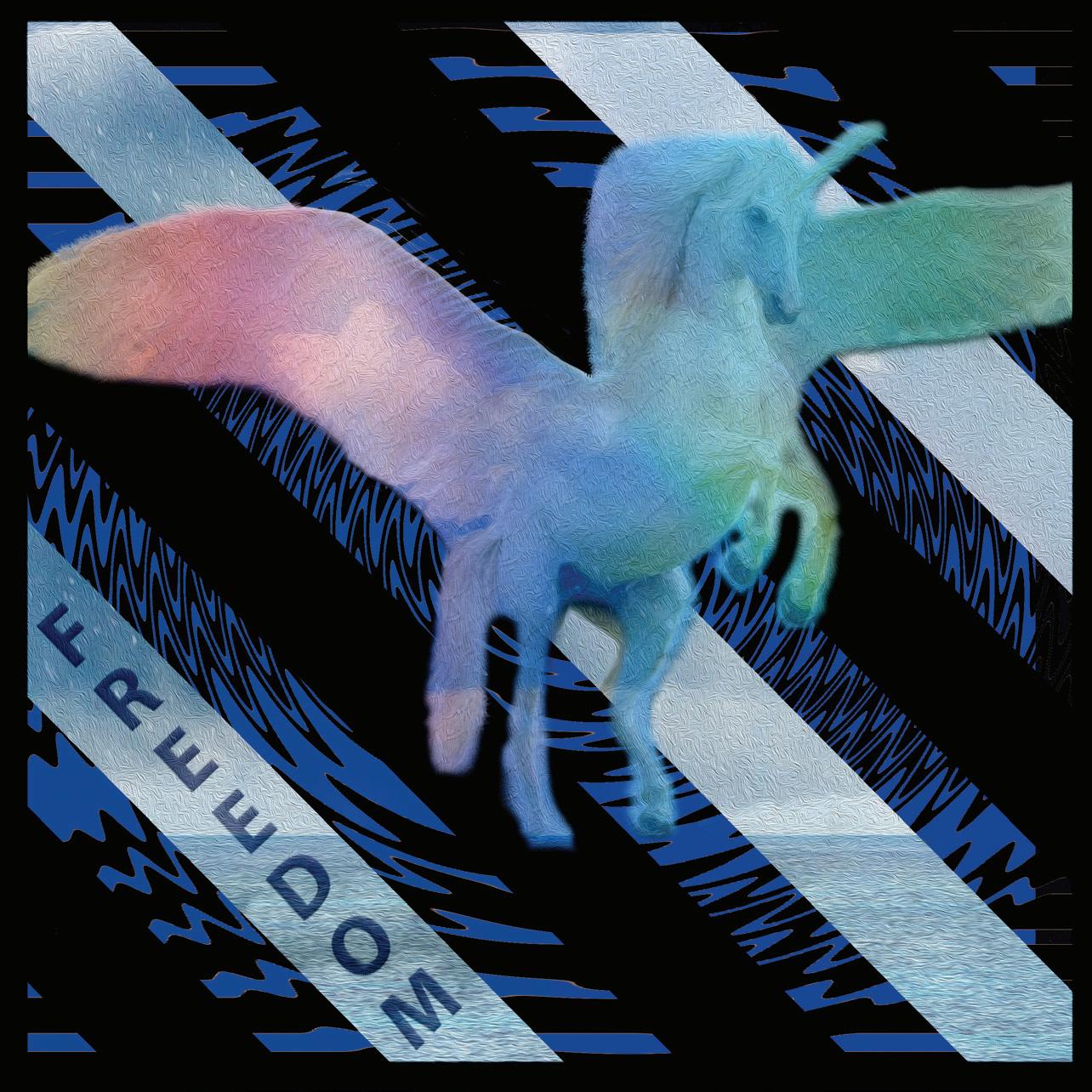
Freedom CD Cover was made in 2-D. This was my finale project. It is a unicorn with wings escaping to Freedom.


This is an album cover I designed representing the things I like. I also did this on the iPad using Procreate. The amp represents the love for playing guitar, the picture represents my move from Maryland to Maine in 2007. The books represents my love for reading and the window my love for space.



This is a book cover redesign of my favorite book Animal Farm. I used an iPad pro and the Apple Pencial 2 to complete this work. Procreate was the program used.
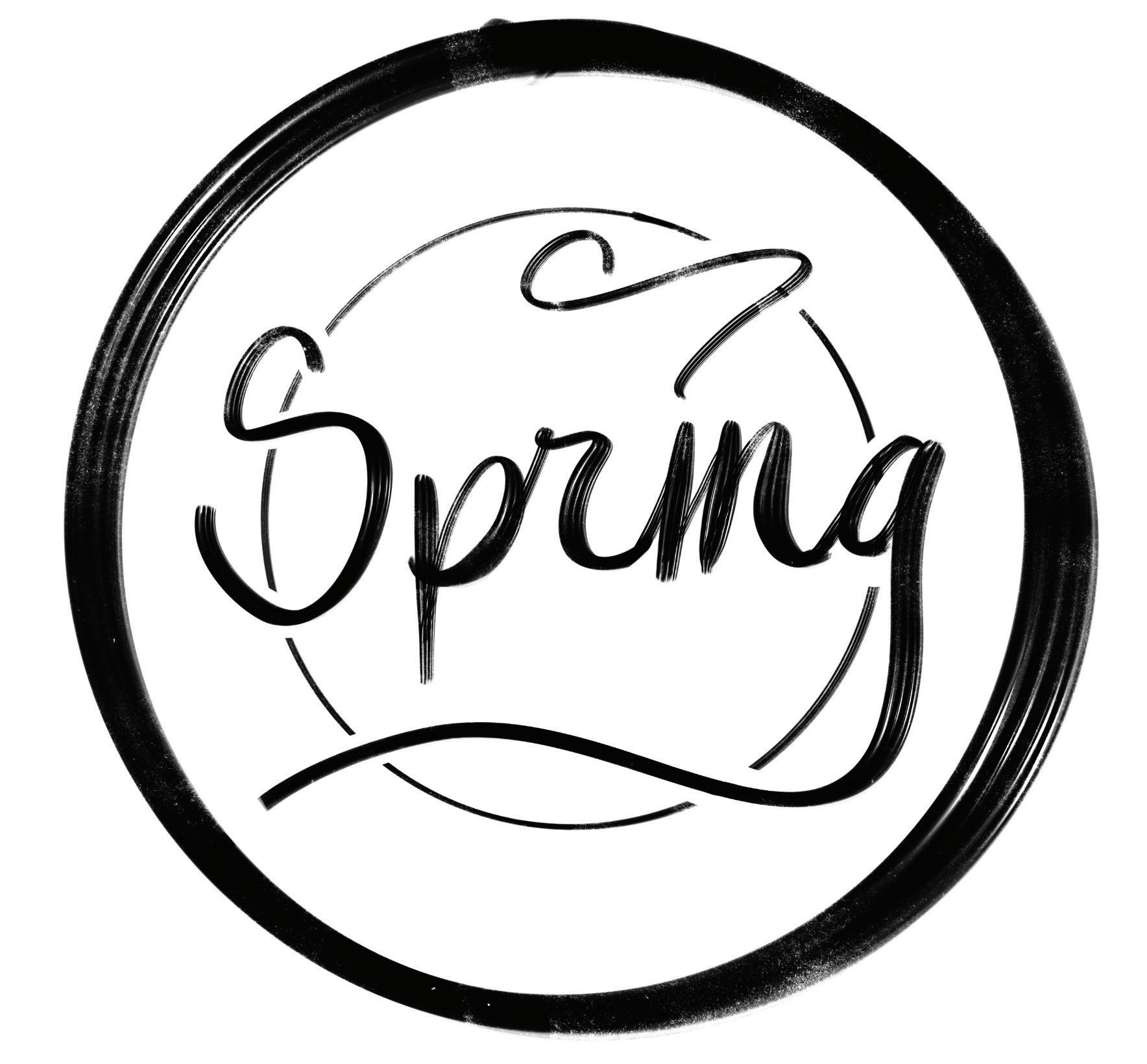

This is a quick piece I did while messing with calligraphy. It took about 2 minutes. It’s kind of cool but pretty lame. Again the iPad was used.


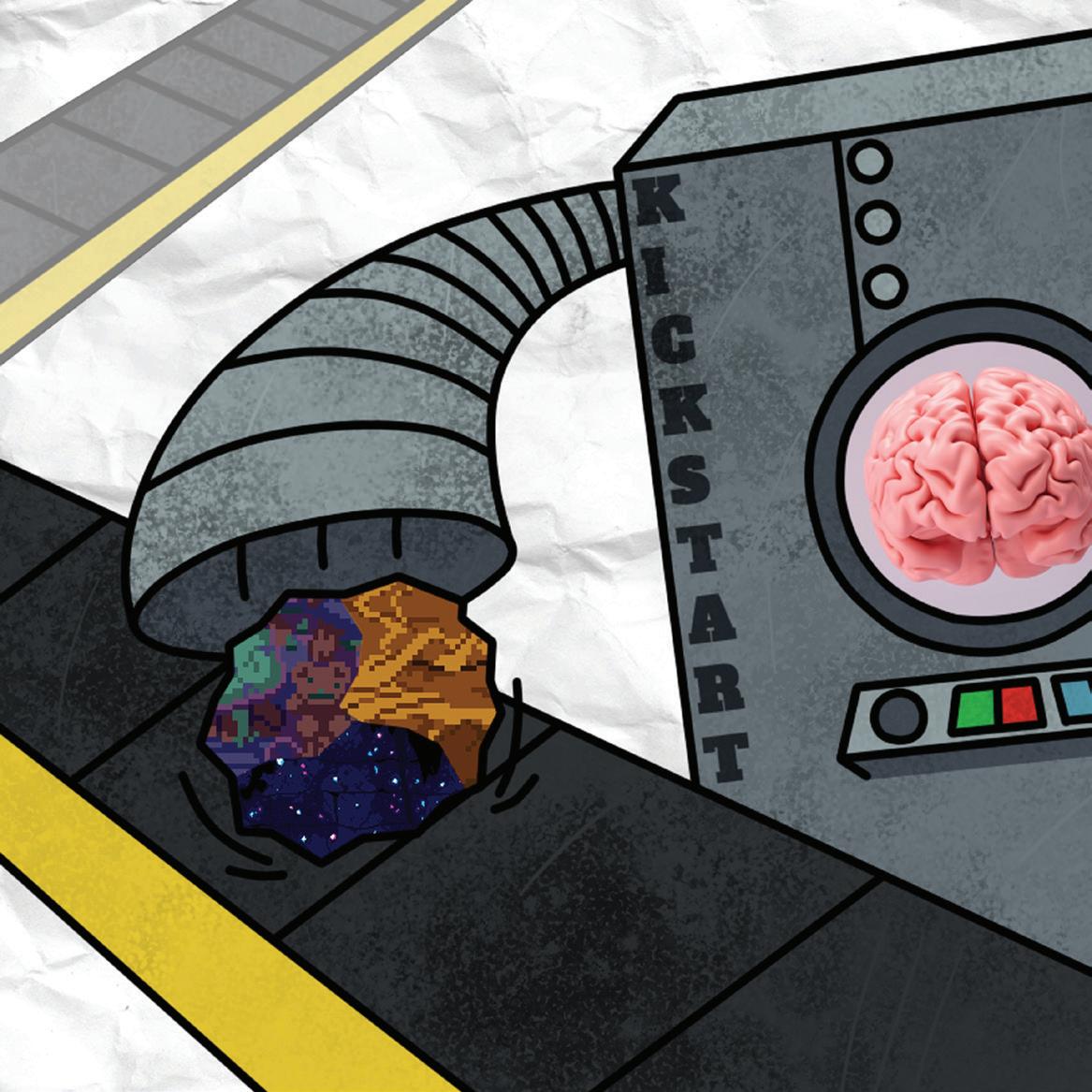
This album cover was created as a final project for 2-D design, where the assignment was create a design piece that would be the album cover of a hypothetical music album representing a period in our lives. The period of my life I chose to base this album cover on was the time that I began to take art more seriously as I began creating pixal art.

Photography


This piece was created in Commercial Photography class during the food photography section. We were instructed to make food at home and arrange it with the correct lighting and variety so that it looks like it could be in a restaurant. Learning about lighting, reflectors, and diffusers we had to use natural light and angles to make it look professional. I took a normal pack of ramen, cut up some veggies and used some oil to spice up the photo.


These two pieces were done for ART 232 Commercial
Photography with both photos we were working towards a close-up shot of staged items. I really love Christmas time and the color and sparkle of the holidays, I tried to show this in these pictures.




Classical French Cuisine Menu by Camden Furrow-Caasement
A formally formatted menu featuring Classical French Cuisine. Segment of a project. A second-year dual major: Culinary Arts and Restaurant Management at EMCC.
To start
Potage Aux Legumes
A rich, warming, vegetable soup served with a crisp garlic crouton.
Second course
Your choice of:
Pan-seared Sea scallops served over seasoned rice with a light and flavorful sauce of white wine, lemon, shallots, and parsley. or
A mix of tender lettuces and bitter greens dressed with a zesty vinaigrette, garnished with Gruyère cheese, bacon, and egg.
Main course
Your choice of:
A timeless dish of chicken simmered in a savory white wine cream sauce, featuring cremini mushrooms and bacon. or
Medallions of beef tenderloin, seared with a crust of robust black pepper, balanced with a pan sauce of Cognac, Dijon mustard, and crème fraîche.
Main course items are accompanied by buttery, rich, P ommes Fondant, & Traditional Tian Provençal made with fresh summer vegetables.
Your choice of:
Spiced apple slices and fresh cranberry baked on a base of flaky pastry, served hot, finished with an apricot glaze and freshly whipped cream.
Fresh cherries cooked in caramelized sugar and butter, flambéed tableside with Kirsch liqueur, served over house-made vanilla bean ice cream.

 Jovan Grollino
Jovan Grollino
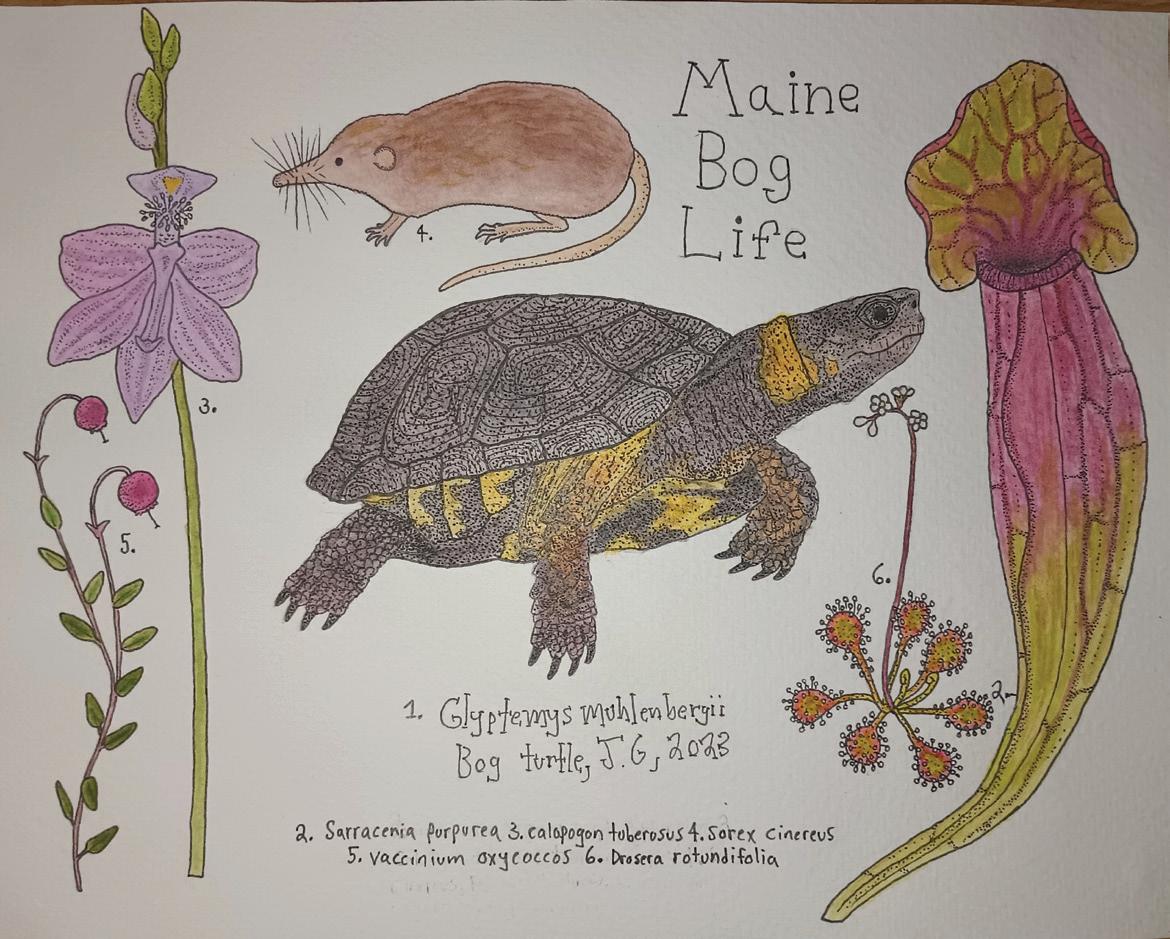
About assignment: the attached drawing is a watercolor and ink illustration of a small selection of plants and animals that can be found in Bogs in Maine. This drawing was turned in as part of my Midterm portfolio assignment for ART 100 01, to fulfill the “any extra drawing done over the semester” portion of the portfolio.


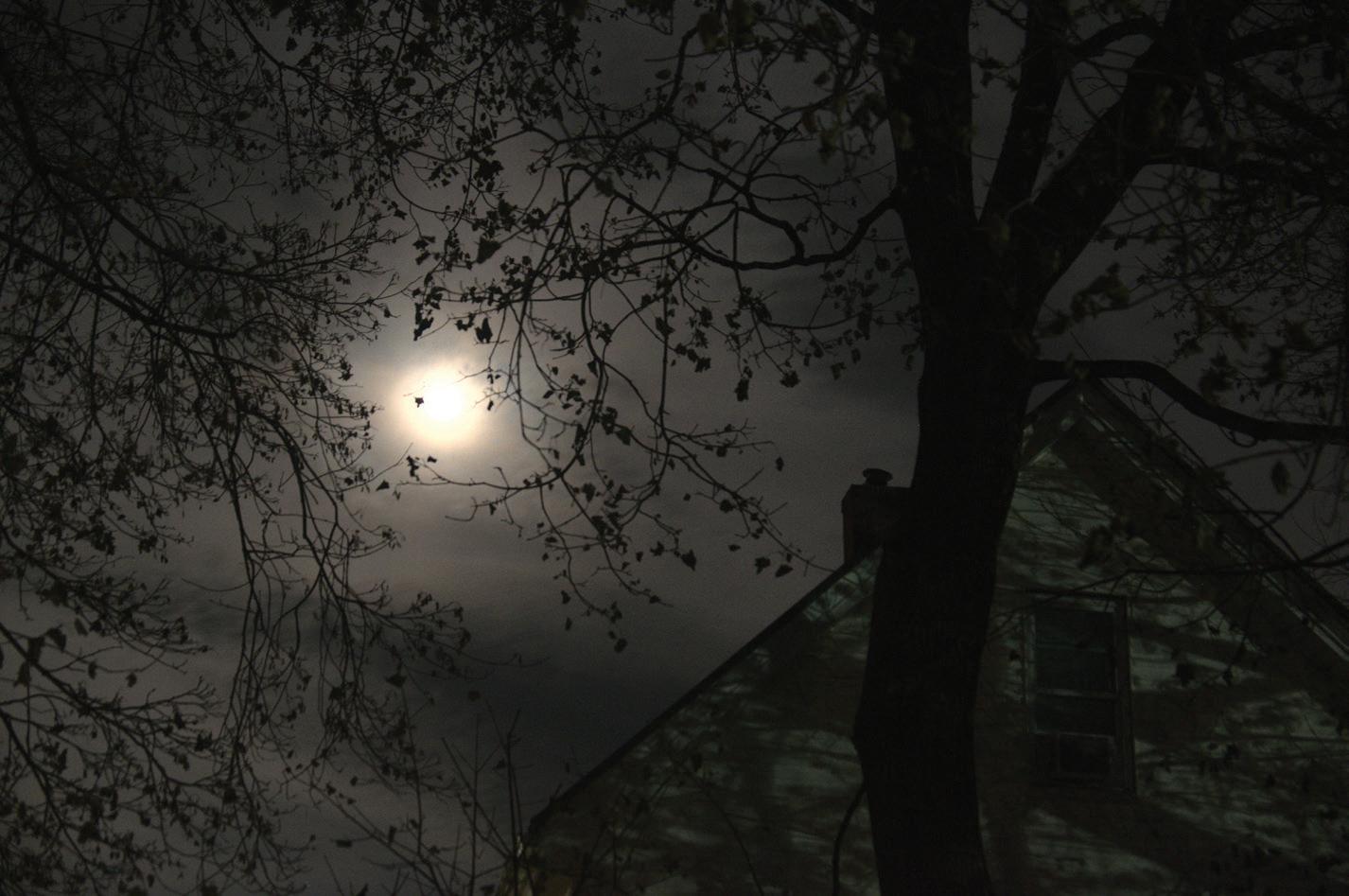
I came to my fall 2023 Intro to Photography class with no knowledge about photography whatsoever. Throughout the semester, I was able to develop a pretty good eye, and I’m very proud of these photos. These three are part of a narrative series, in which we were supposed to tell a story or capture a particular vibe between at least three photos. I tried to capture the eerie peace that comes from wandering around alone late at night in these photos.


Introduction to Photography

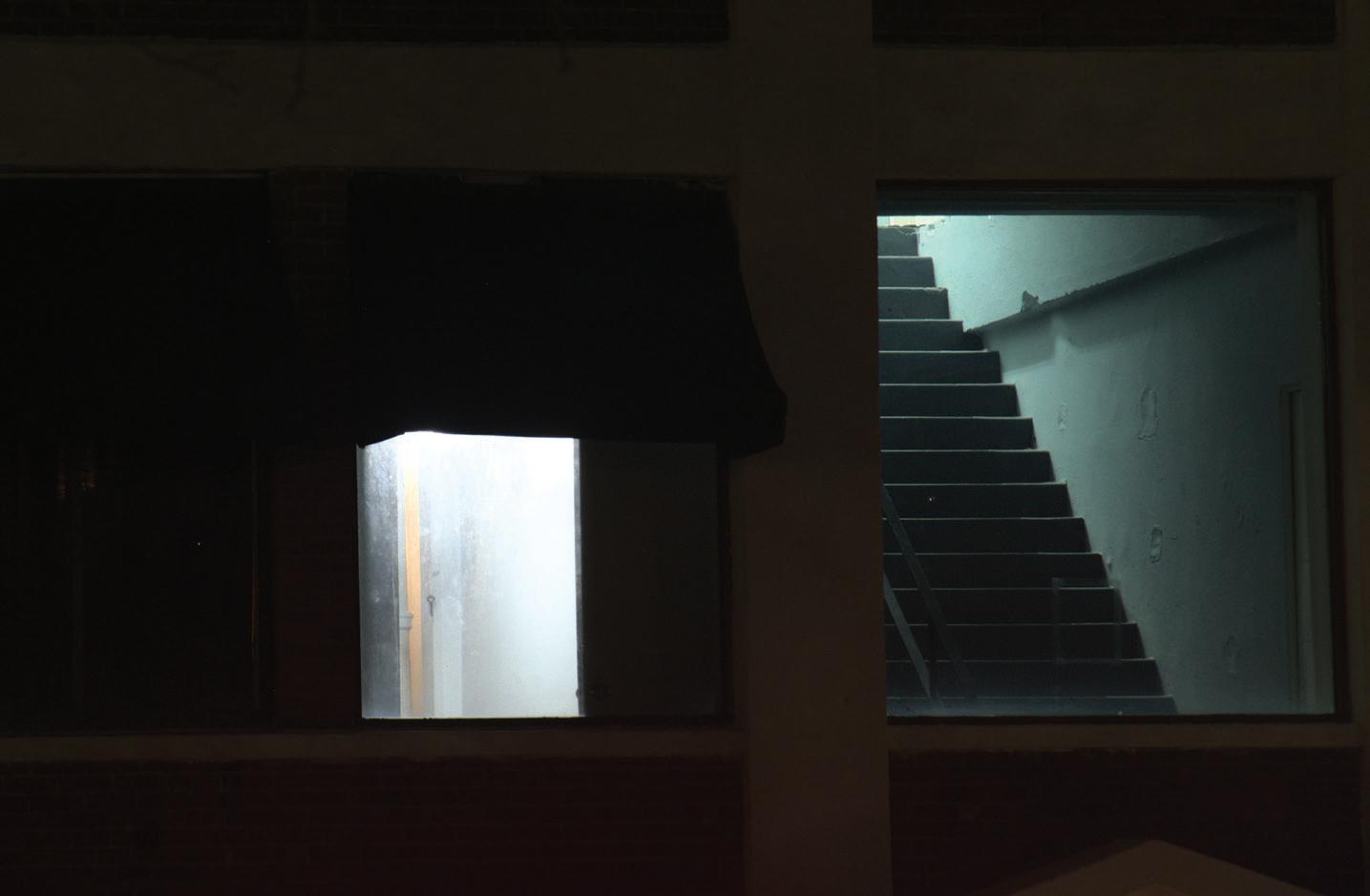

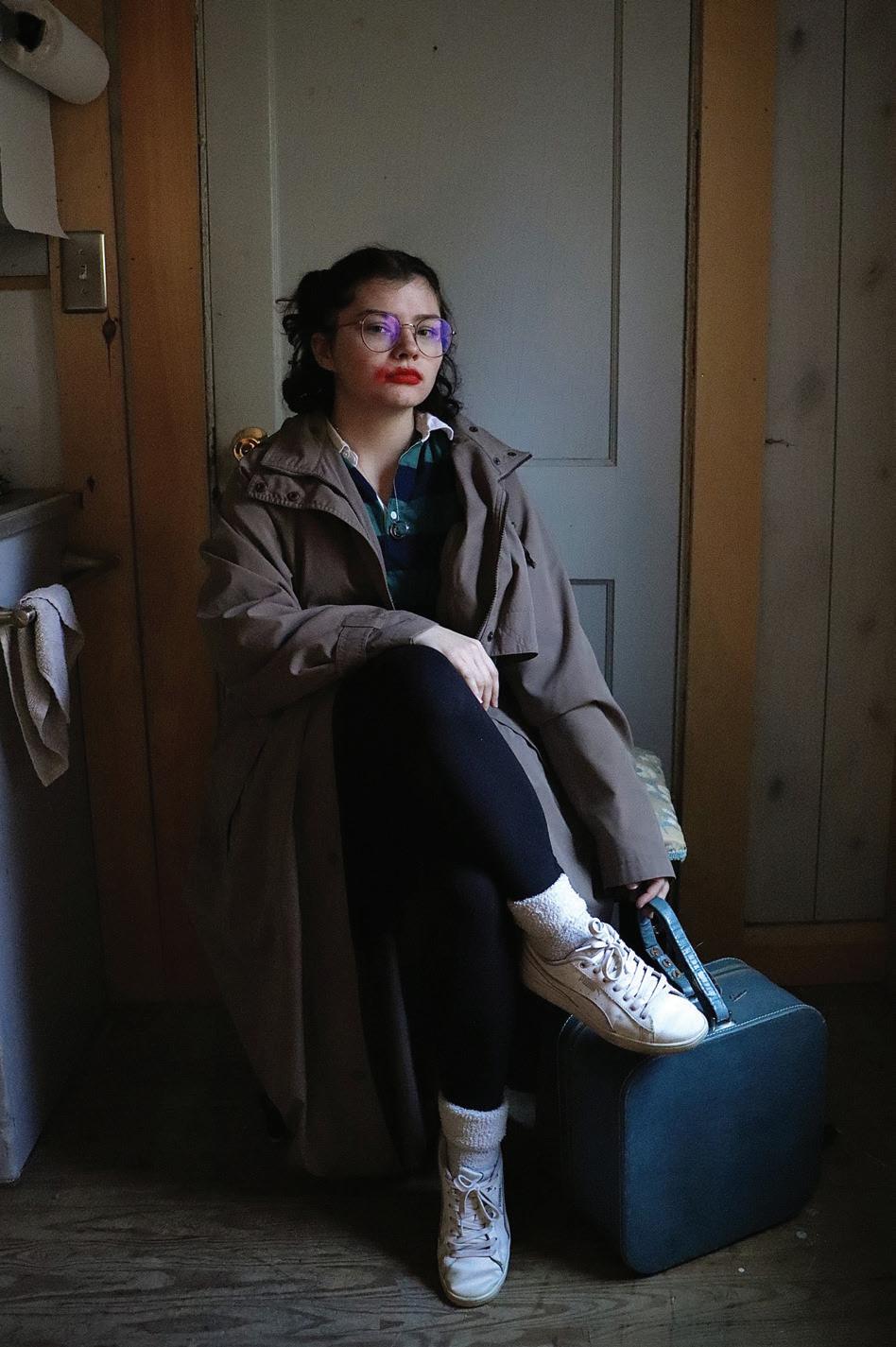

This piece was a part of a 5 picture narrative series. The pictures all together would tell a subtle story that would make people think about what they meant. I decided to depict what it felt like to be an adult who still feels like a kid inside. Intro to Photography was super insightful, and this project was one of my favorites from this class.
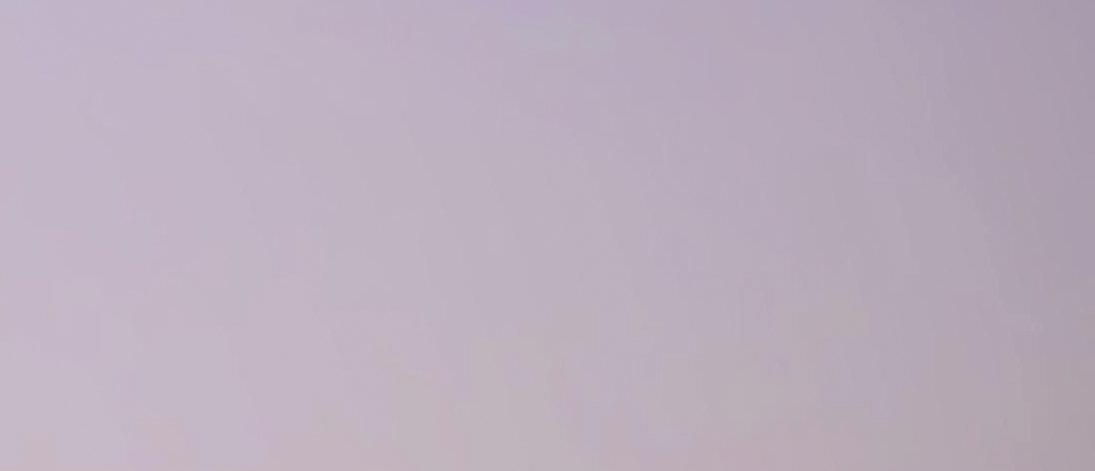
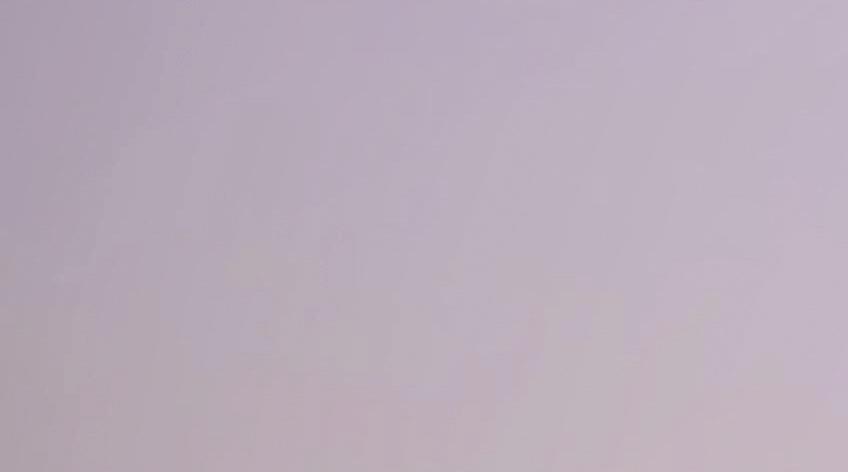



In this assignment, I had to use the shape and path tools to trace over an image of a person and create a new image using only those colors and shapes. For my project, I decided to use a picture of my favorite basketball center, Denver Nuggets center Nikola Jokić. I accomplished this by making new layers for each color I would use and tracing over the shapes of the original picture with the pen tool.


In this assignment I was tasked with taking 4 to 5 separate photos that has to do with a major city in the United States. I chose Chicago as my city where I chose a couple known landmarks and some identifying factors of the state of Illinois. After that I did some layering and filter effects to make the post card look vintage and weathered.



For this project, we were asked to create a vintage-looking postcard. I created one using an original photo that I took of the Penobscot riverfront in my hometown of Veazie, Maine, as the backdrop. I used selections of other free-use photos that I found on Pixabay to create a fishing scene since the Penobscot is know best for its plentiful supply of bass and salmon. I was also able to find a small Chickadee, which I placed in one of the trees. Can you find it?


Brief: Create a portrait of yourself or a celebrity using a high resolution photo using the Bezier Pen Tool to create shapes of inherent objects in the photo study adding in highlight and shadow shapes to sit on top. I chose to use a photo of myself as we were also learning about image rights use at the time and this felt the safest bet to show later on in exploring what could be found within.



I created this art piece for my Introduction to Photoshop (DGD 113 01) class. The assignment was to create a surreal, fantastical setting using Photoshop’s various features. Emphasis was placed on the subjects’ surrealism to contrast the environment’s realism.
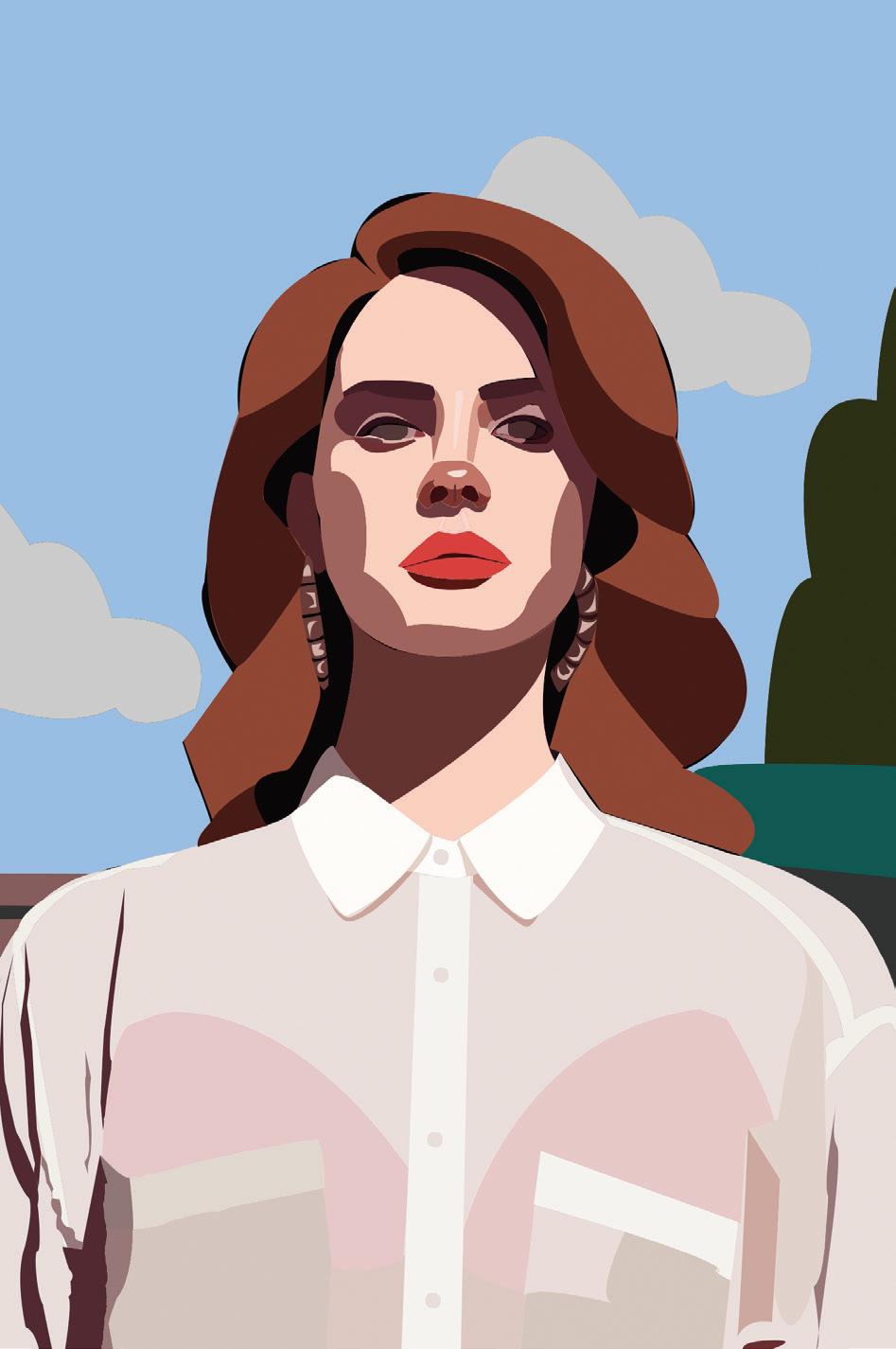

The assignment was to find a photo of a celebrity and create a portrait of that celebrity using only the path tool in Photoshop. I’ve always admired Lana’s photoshoots and she does a lot facing forward, so I thought that would be a really fun person to choose. It wasn’t too hard to do, and I would definitely do it again.

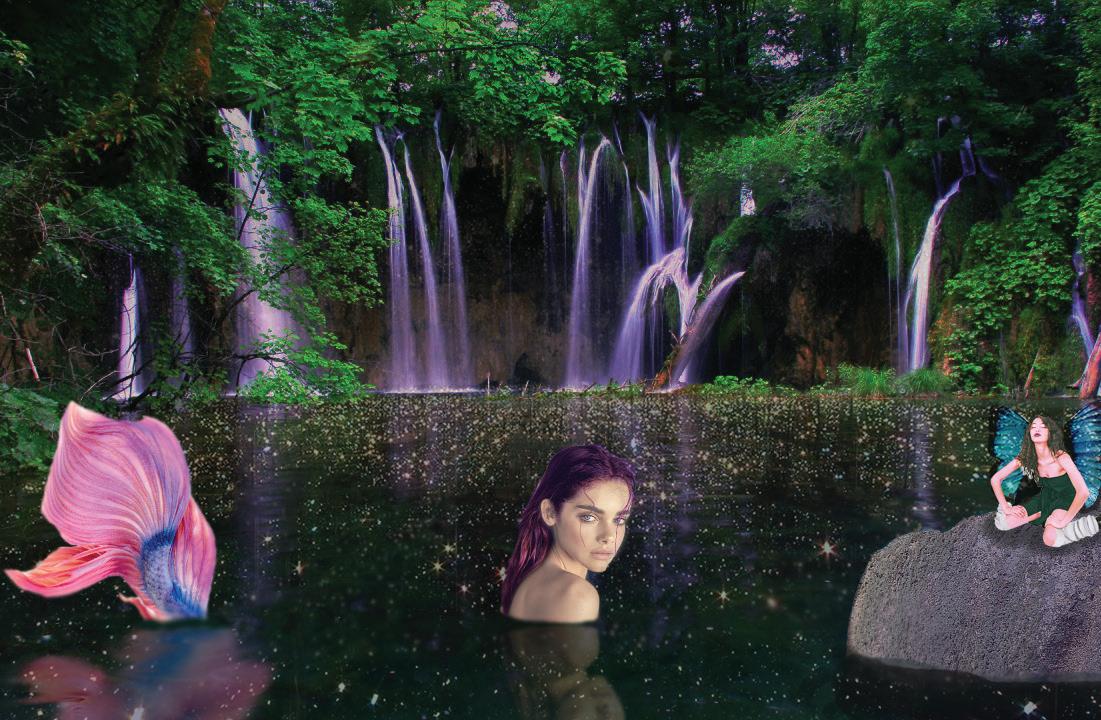

For this assignment, we had to use the tools we had learned in Photoshop, to create a fantasy image. I wanted mine to look as realistic as it possibly could. I created fantasy creatures out of humans, fish, and butterflies.
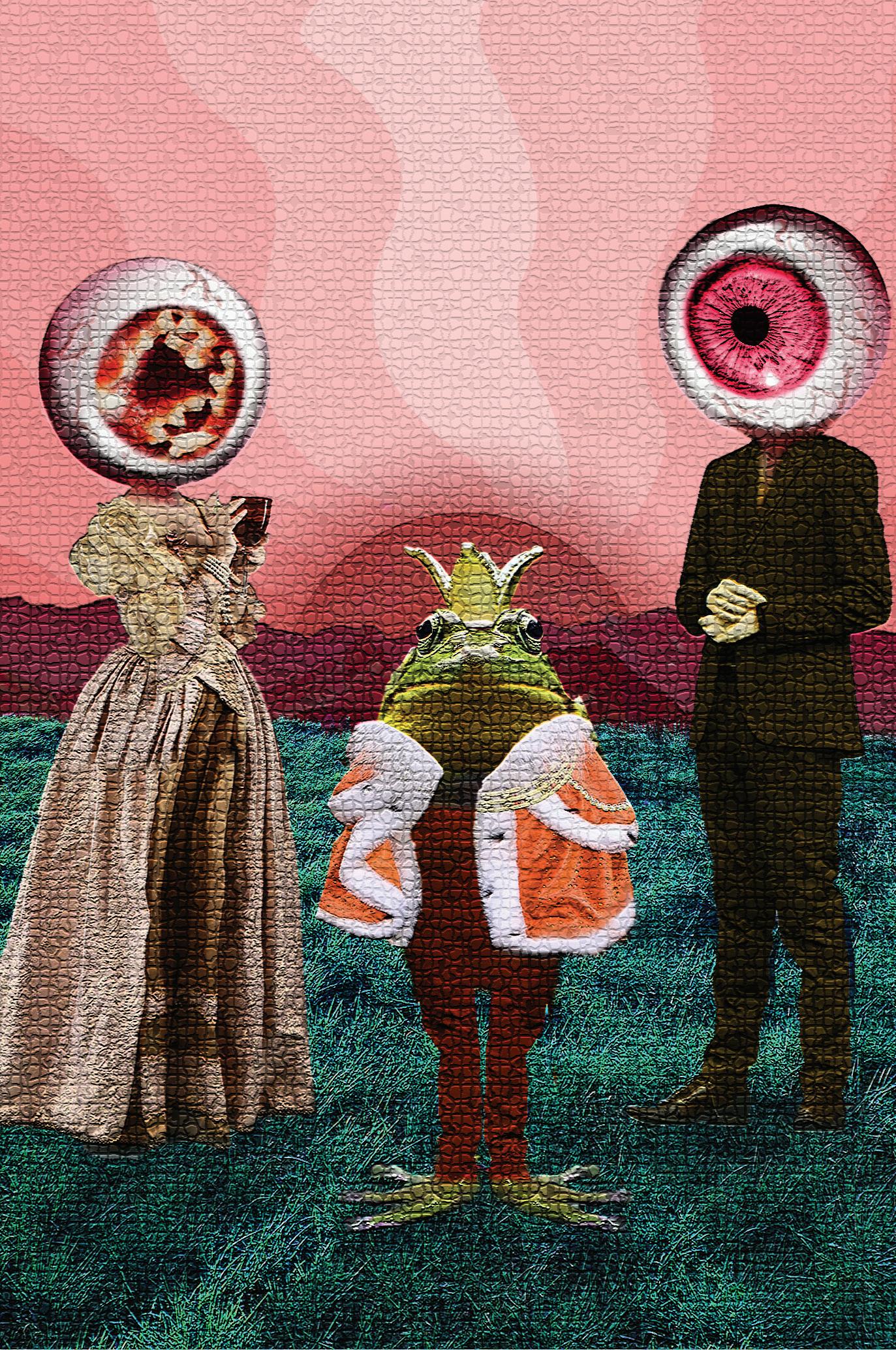

This piece was for our Photoshop final, and the instructions were to use a tool from each previous assignment and to put to practice all of the skills we had learned over the semester. I had a hard time thinking of what to make, so I ended up basing it off a quick sketch in my notebook. My favorite part about it is how it looks like something straight out of a fairytale.



Our assignment for this project was to take stock photos of real life, arrange them, then use the Photoshop tools to make it look like a painting. This is by far my favorite Photoshop piece, and it was the first time where I felt super confident in my skills! It depicts the statue of Davide leisurely standing in a Greek garden.


This piece was done for DGD 113 Intro to Photoshop. We had to use Photoshop to take a photograph and make it look like a hand painted piece of art. I loved this technique. I used multiple images brought together, and with the use of Photoshop, made the pieces of the photos into a cohesive “painting.”

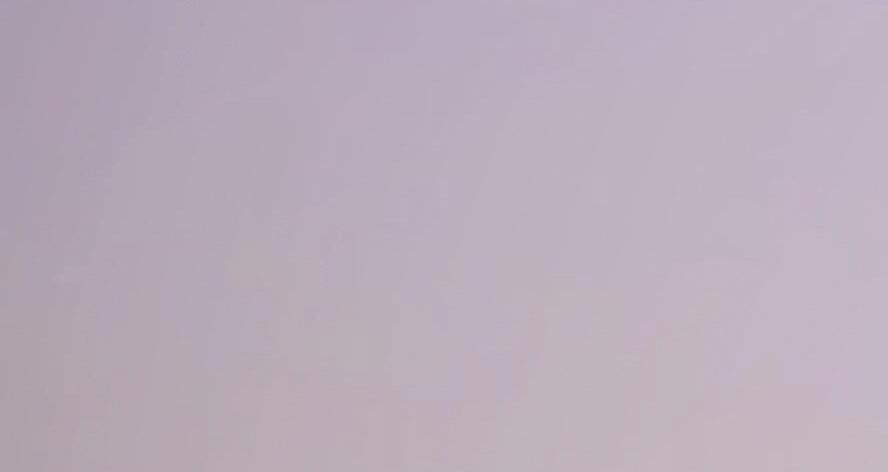

Coordinate Facebook Advertisement by Madison
 Colonna
Colonna

Throughout the class, I worked through the steps of what it would be like to create my own company. My idea was of a clothing brand named Coordinate and this was one of the advertisements that I created for the brand, being a Facebook advertisement for a Cyber Week deal. The advertisement includes the logo I created for the brand.

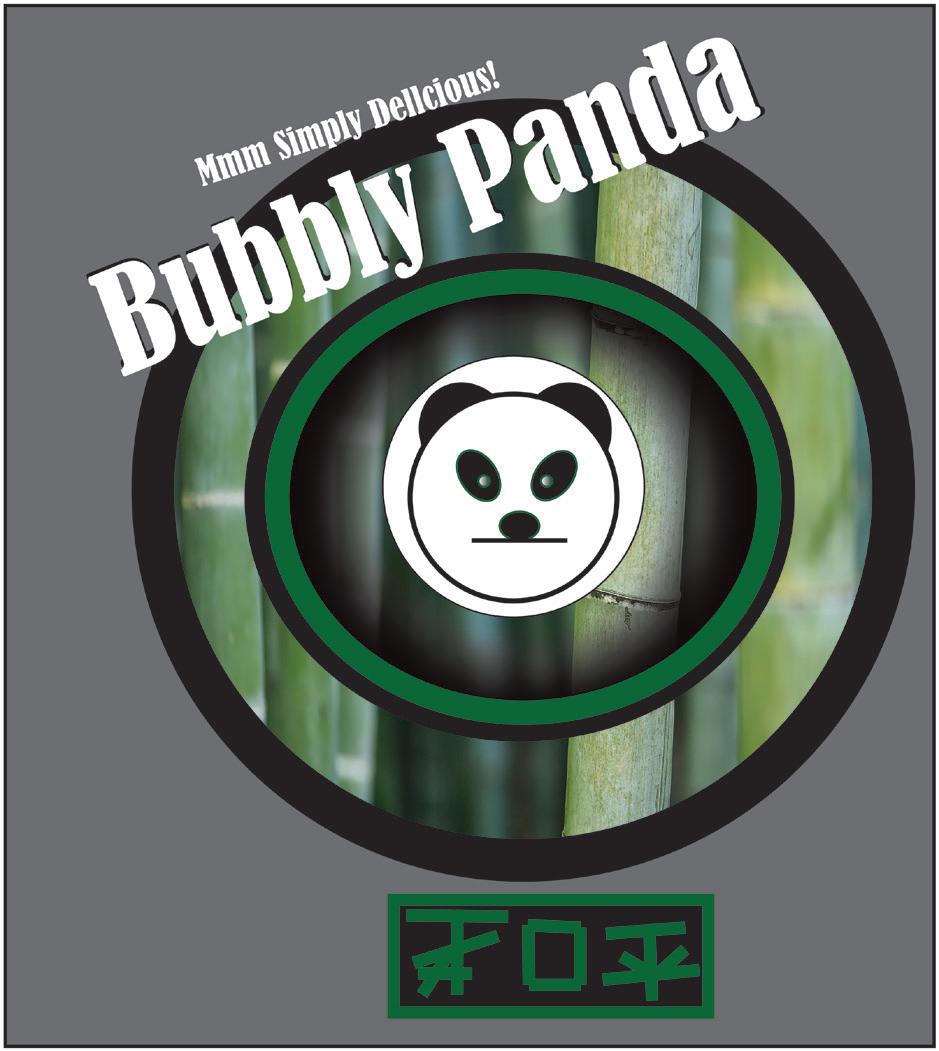
The Bubbly Panda logo was made in Marketing Communications. Bubbly Panda was a business in marketing communications. We had to market a business. I chose to market Bubbly Panda A soda company that I had created.



I created Color Cure, a high-quality vegan nail polish company who promotes self-care and empowers women. The mood board expresses the overall feel of the brand which promotes relaxation and stress relief. I used shades of blue, green, and pink inspired by the lotus flower for my soft color palette and logo. The lotus flower represents spiritual enlightenment, beauty, and prosperity. I created three logos,


with my favorite being the one with two C’s circling around the lotus flower which would be used for their social media icon. Logo #2 being best for small bottles of nail polish and logo #3 for a website logo/title. I chose Lust Sans, a decorative sans serif typeface balanced by Proxima Nova Semibold and Medium for sub-headlines and paragraph styles.



I created this from my Marketing class. This was created for a fake company that I created because that was our goal of the class, and time went by and this is what ended up becoming my logo for this fake company. This version of it is a poster ad, I have also created a flyer version, social media version, and also a build board version with this logo on it.


For this class we had to come up with a product and/ or brand to work with the entire semester. I created a stylus holder that was more reliable than most that are made already. I made this logo the way I made it because I wanted to showcase the color scheme (bright, pastel) for the product, as well as showing a 2D image of what it would look like.




The Indesign pdf is named BMW ad that I had to design for my Indesign class. The project was to create a slogan and the necessary information required for an ad that BMW was having for a specific car model they had just released. I was given the background photo and BMW logo while I was tasked with designing the rest of the ad.



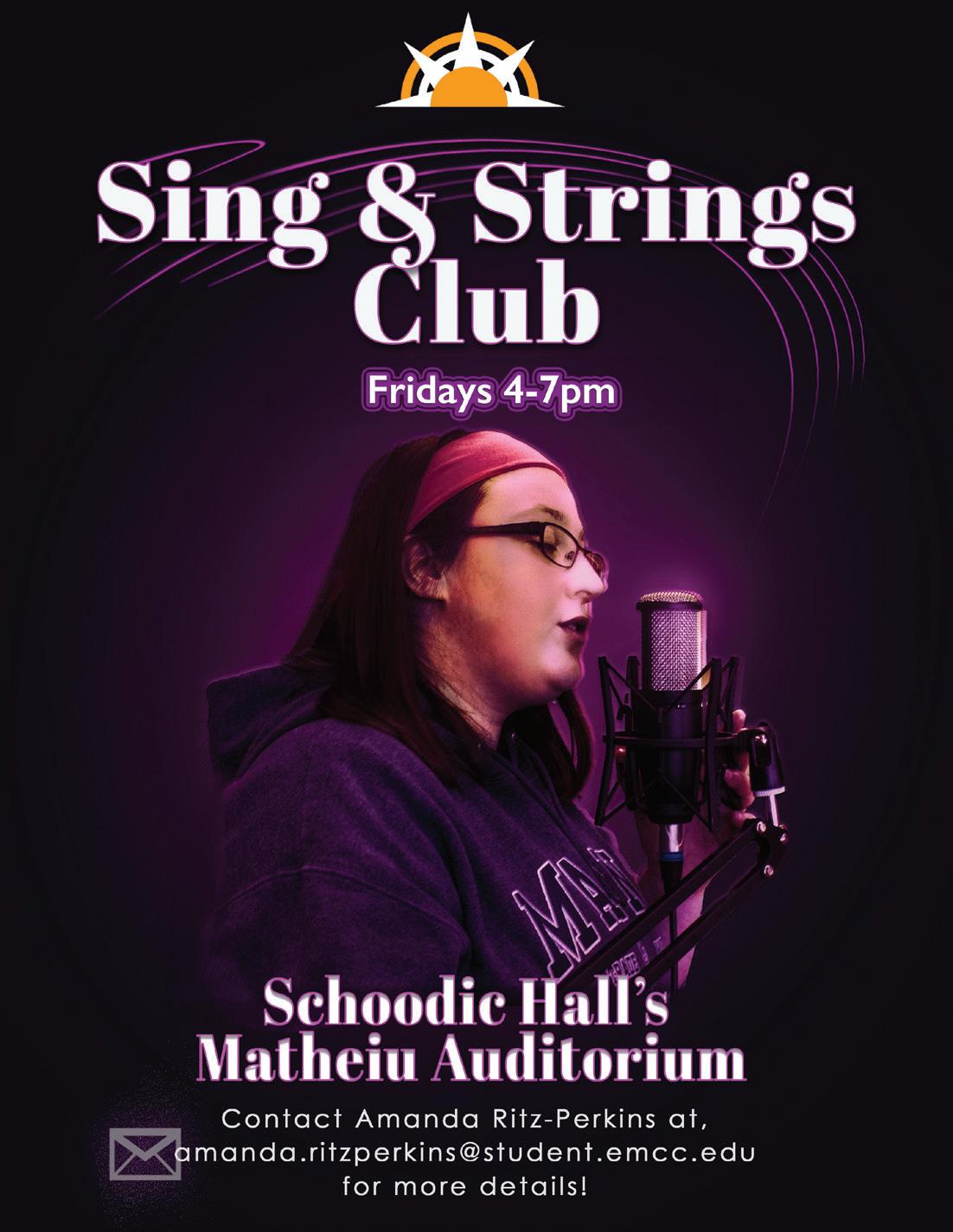
A new student club came about wanting a way to advertise to find more members and to let the student body know of its existence. Wanting a sense of real members to be pictured instead of using stock-imagery, a photoshoot was set up in the library. Multiple blending effects and layers were used to converge inside Photoshop.


For this project, we were required to modify font properties such as kerning, tracking, size, weight, justification, etc. to reinforce the meaning of a phrase. In this example I chose to use Bodoni for its modern and sophisticated appearance.
I typed the letters on a circular path to represent the world and italicized the word change to help the reader understand the phrase’s meaning.

Logo redesign, Ad page by Kiley Hamilton


The Second assignment was an ad page for our potential clients who want to get in touch with us through our websites.


The Mandas Creations was made in Web Design.


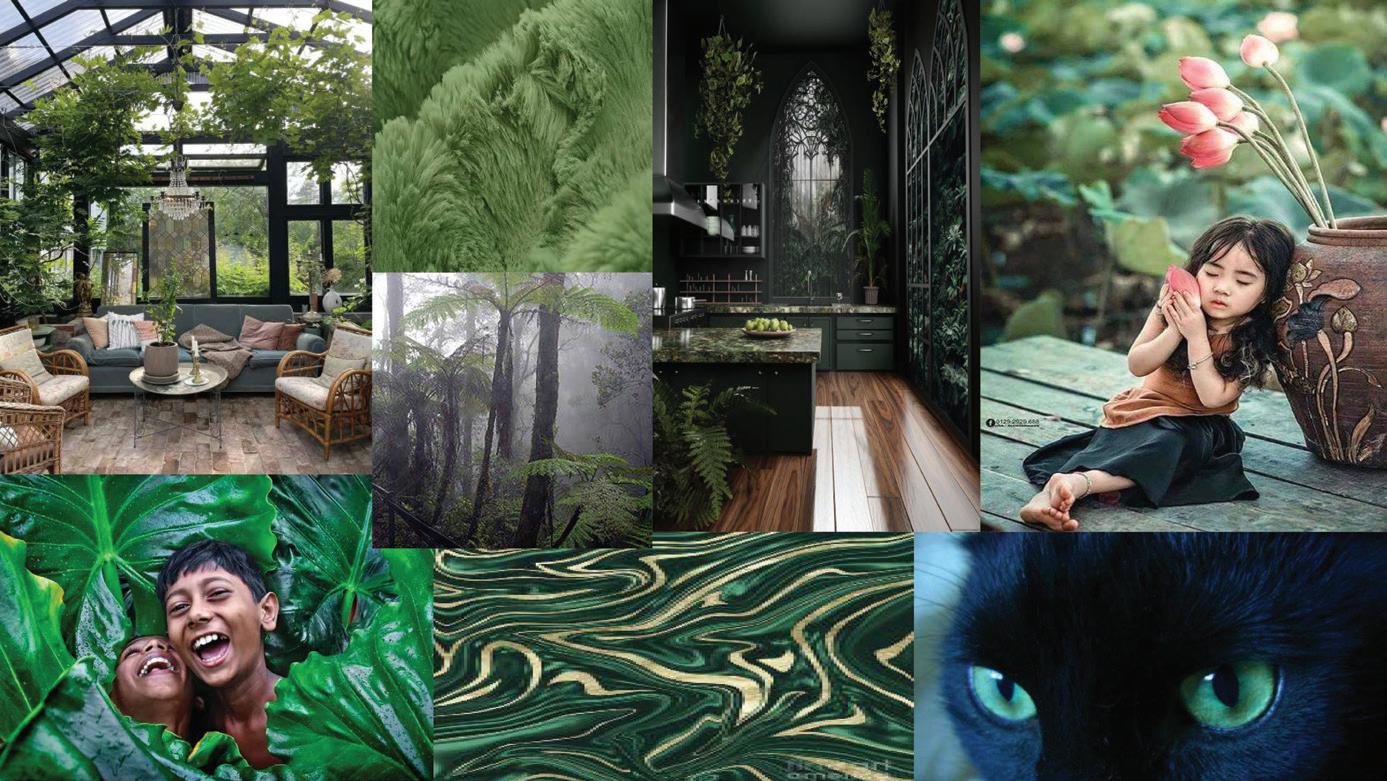
When I created this mood board I had so much hope for and was quit existed to make one and honestly it took quite a while to make but I feel like it came out exactly how I intended to. I want the maine colors of the mood board to be the same, light green a little as well as black, white and light brown and forest green.
